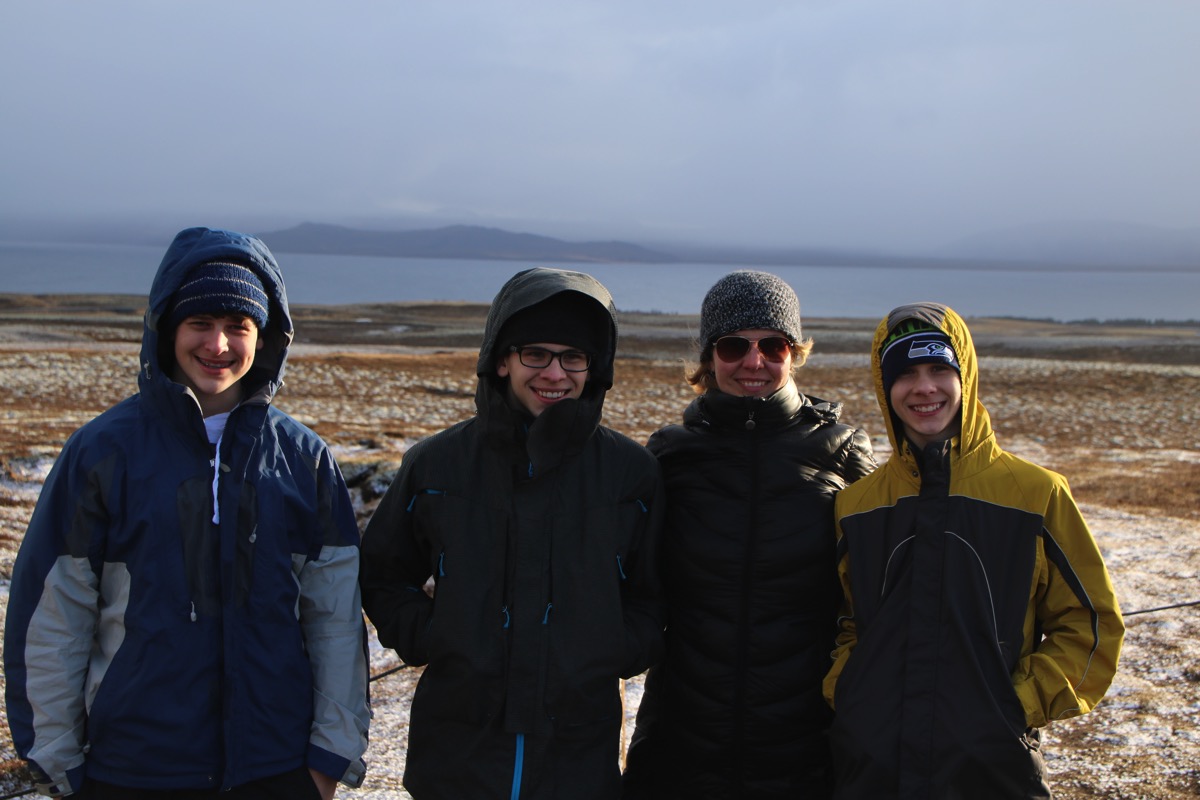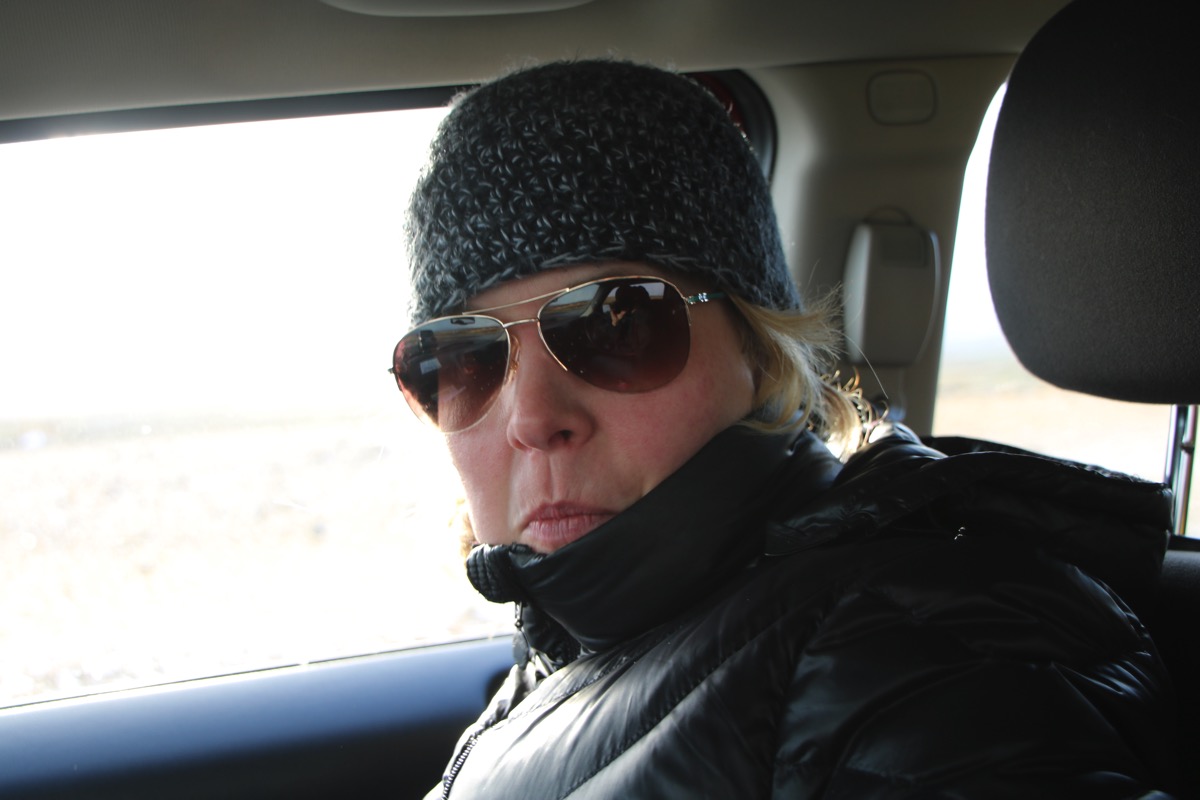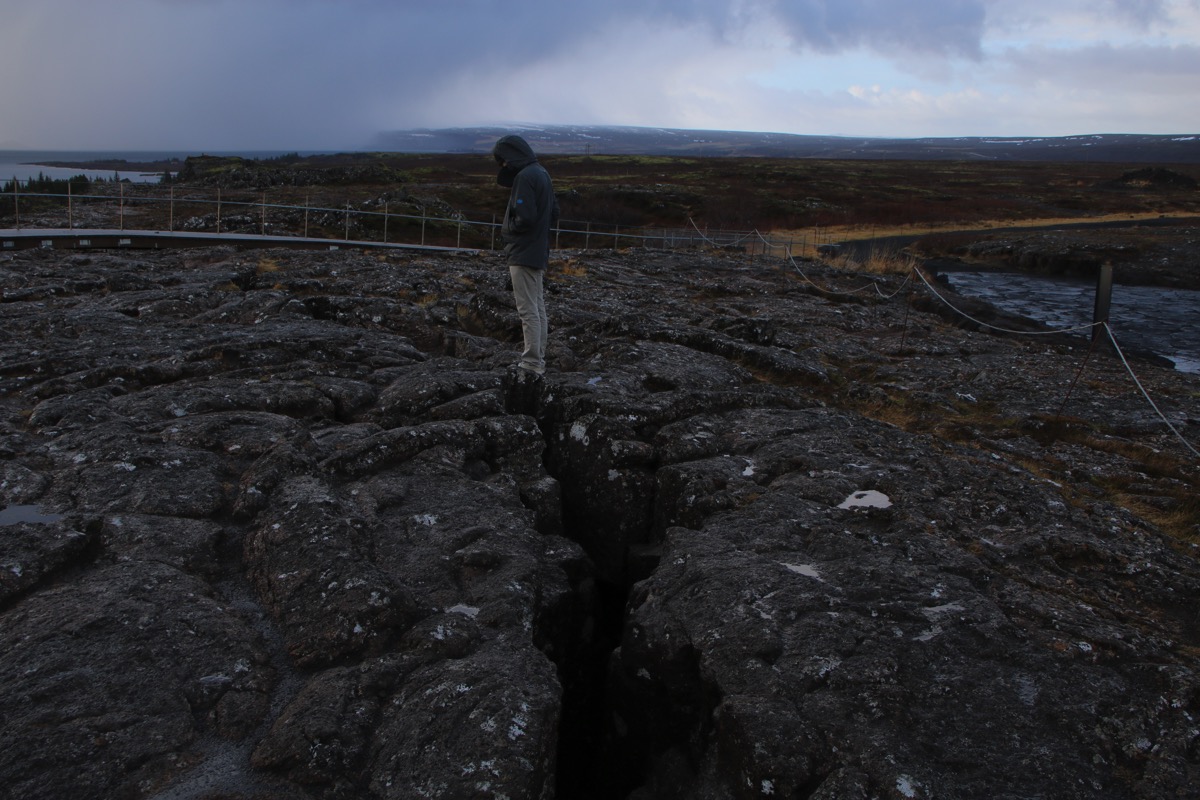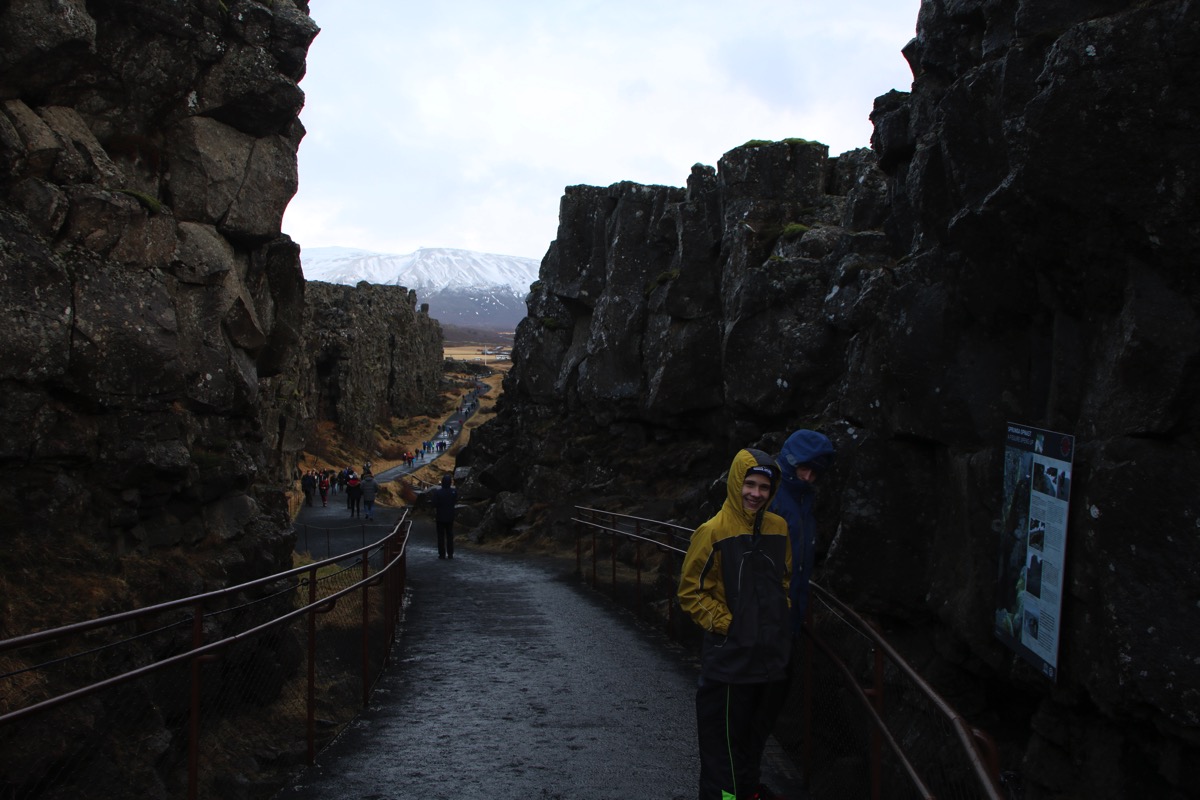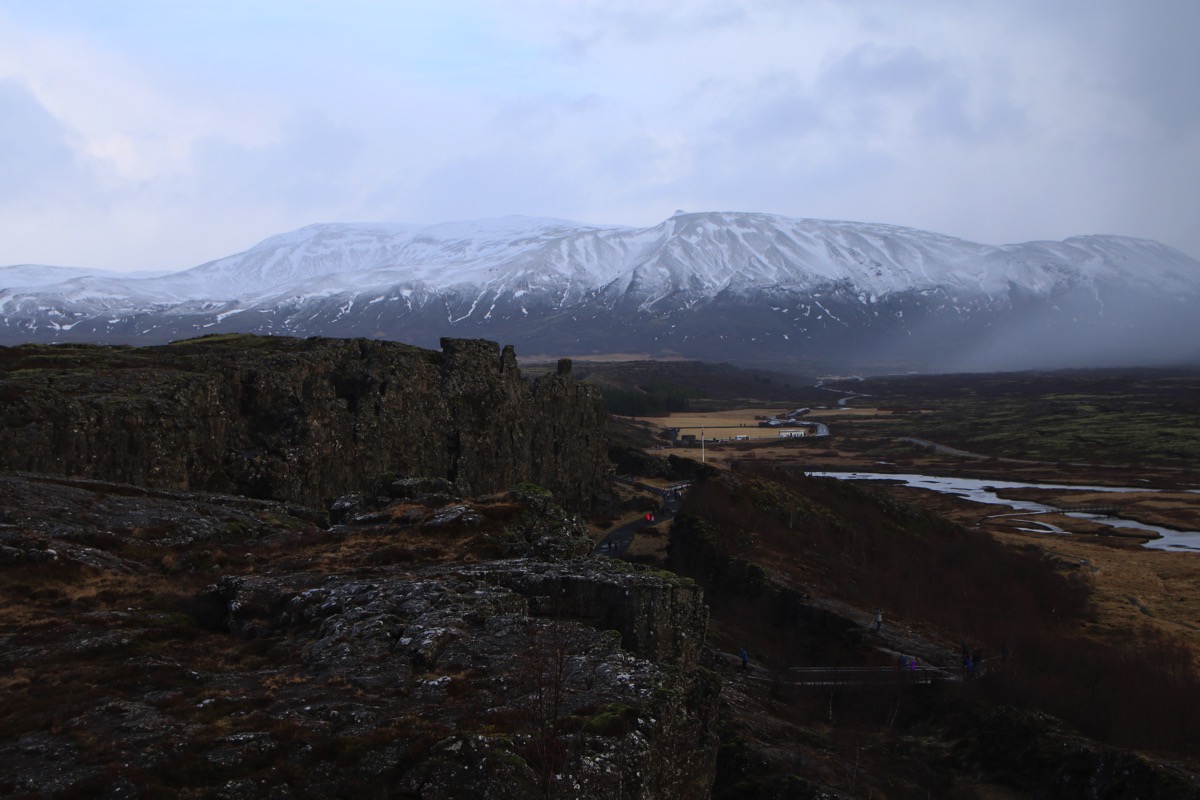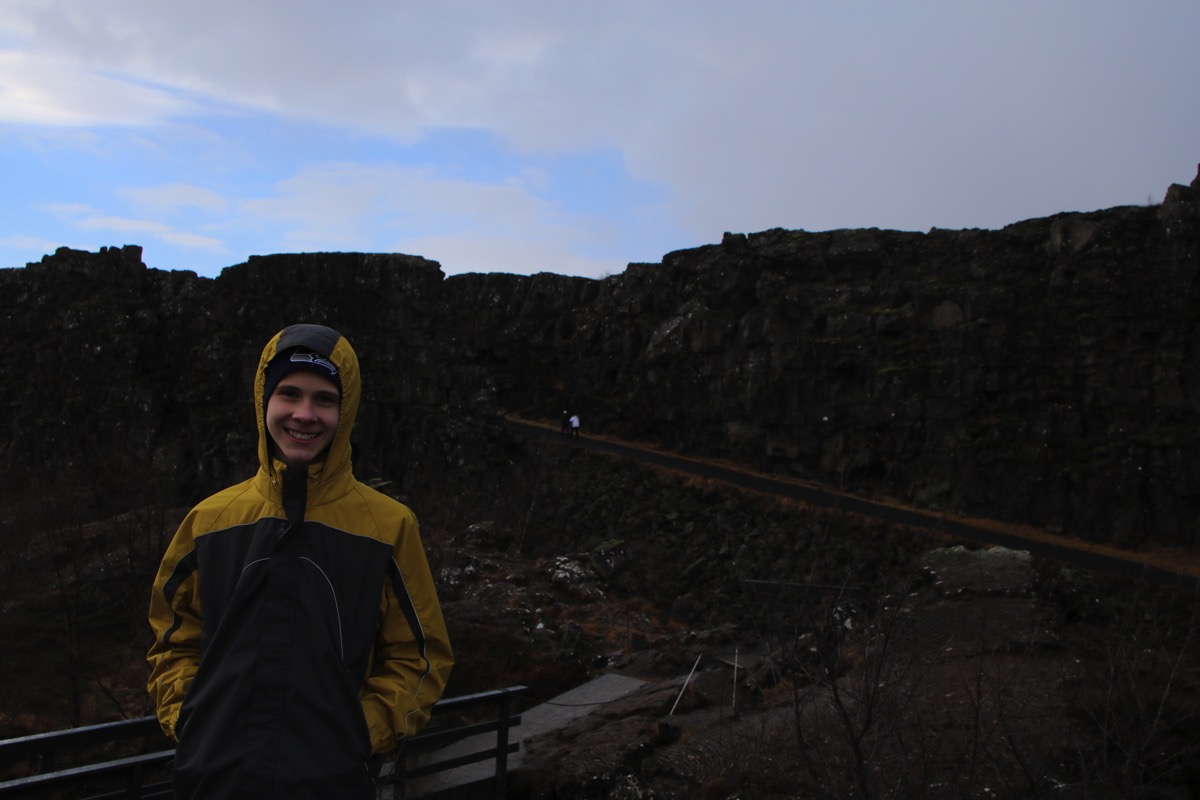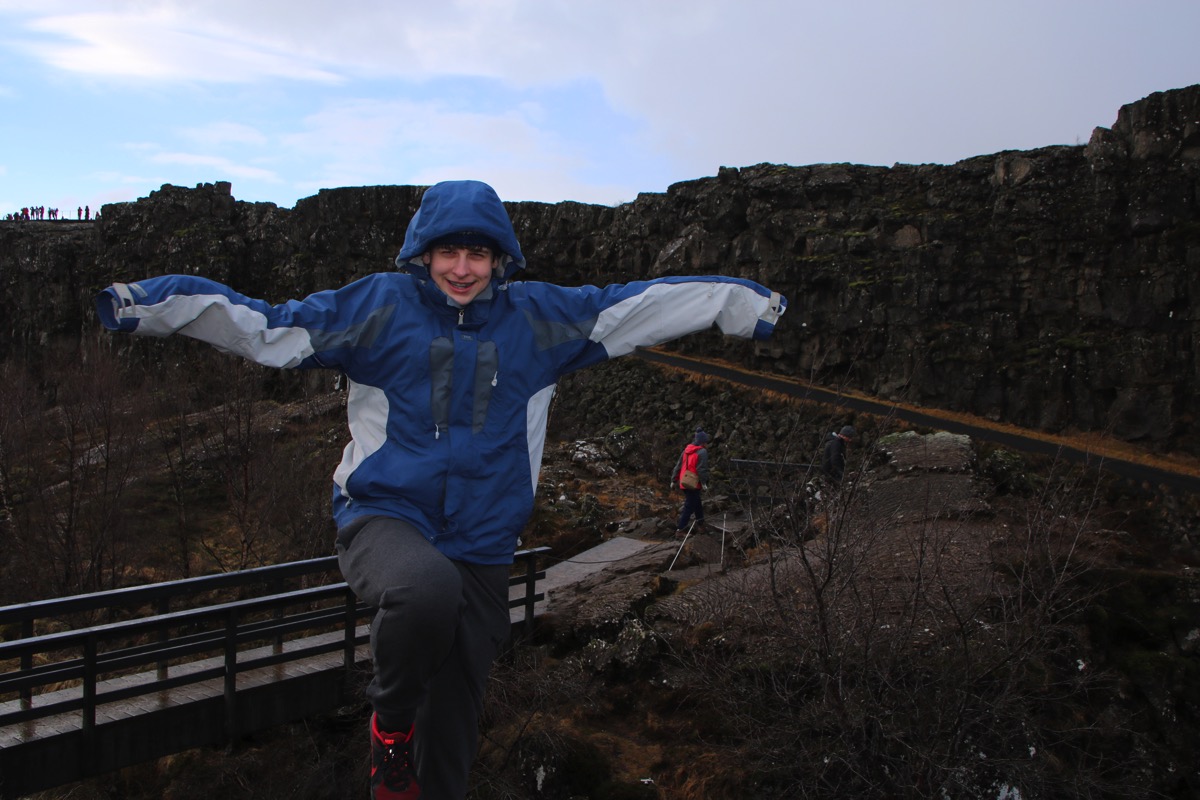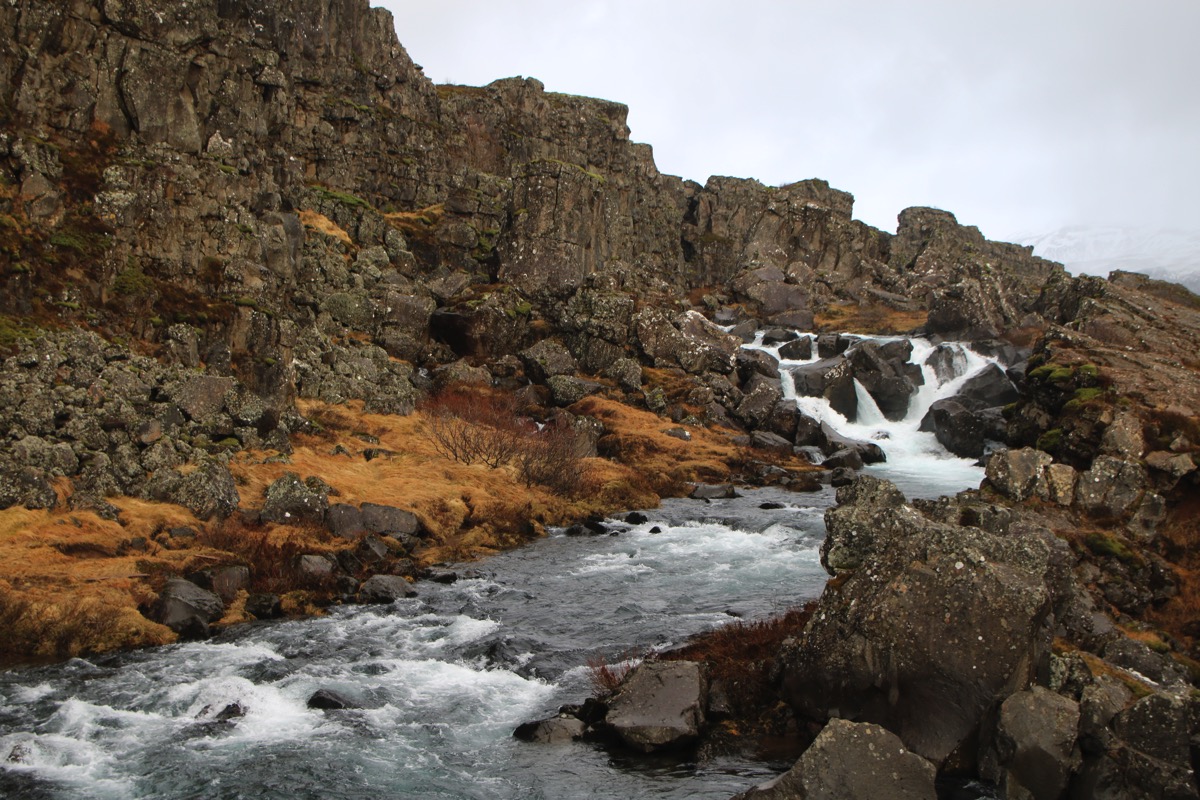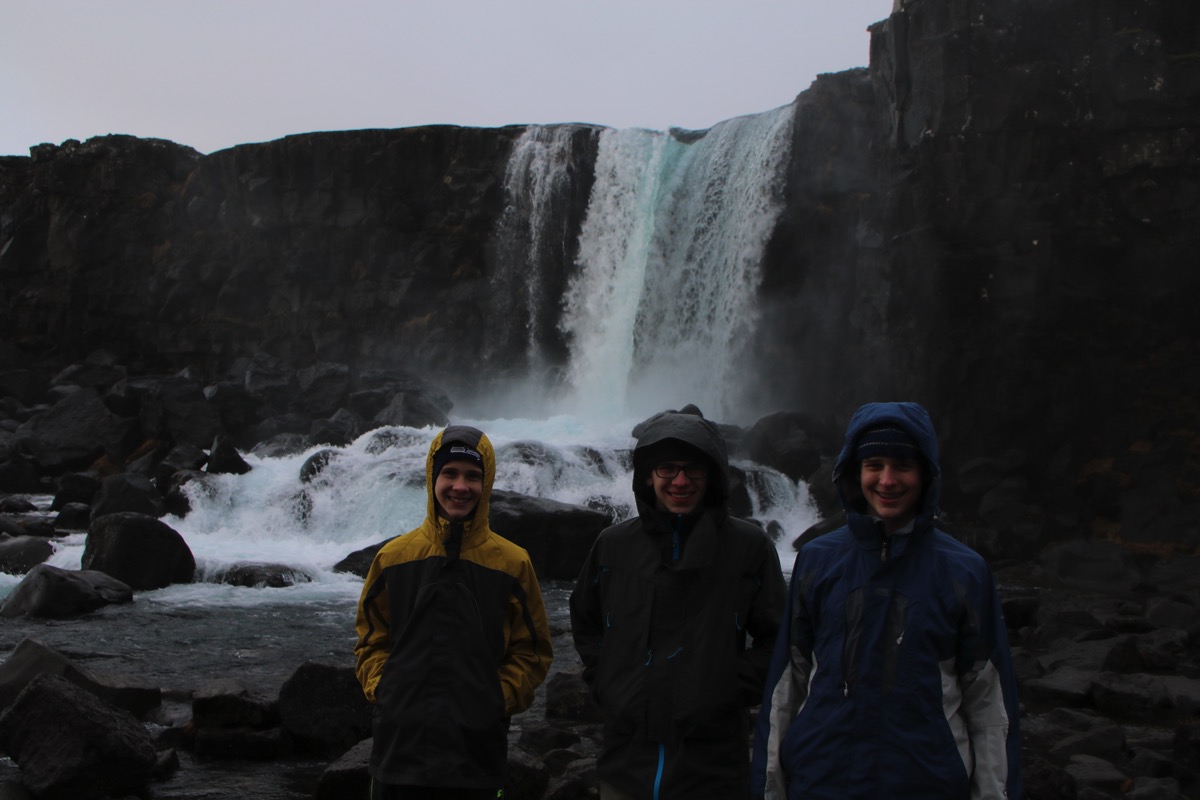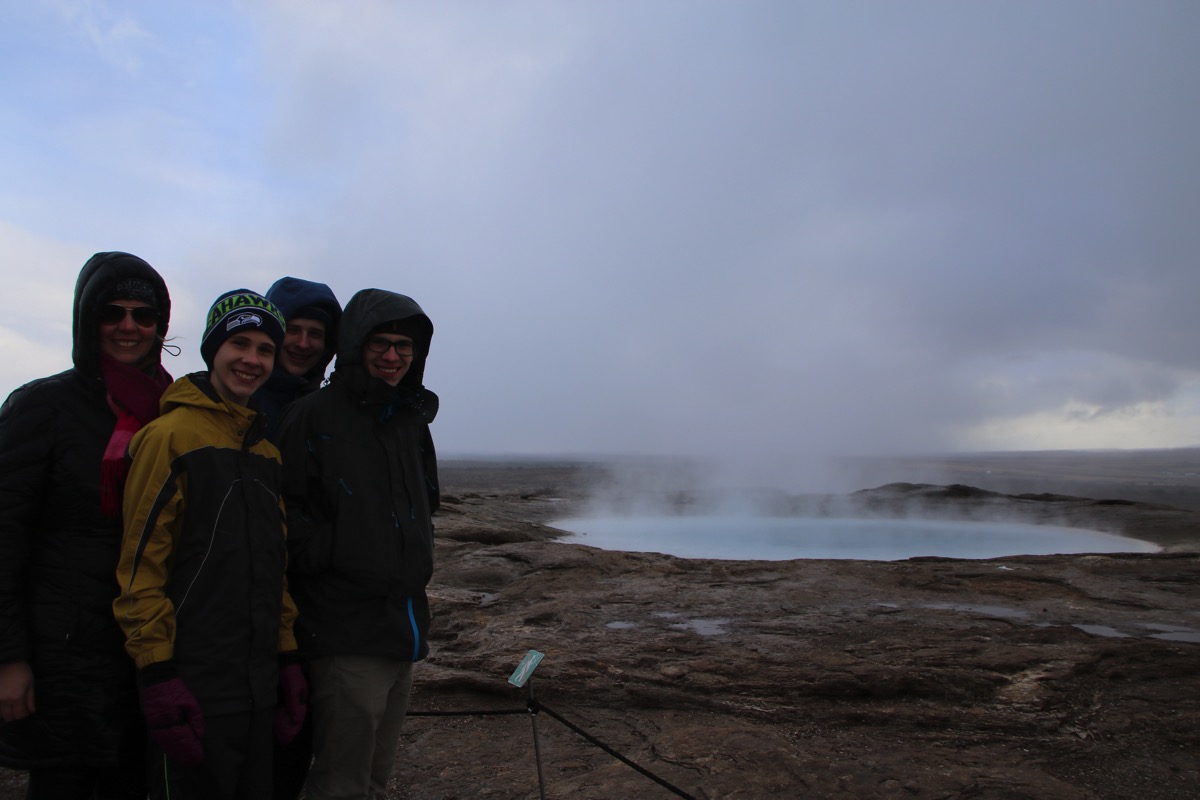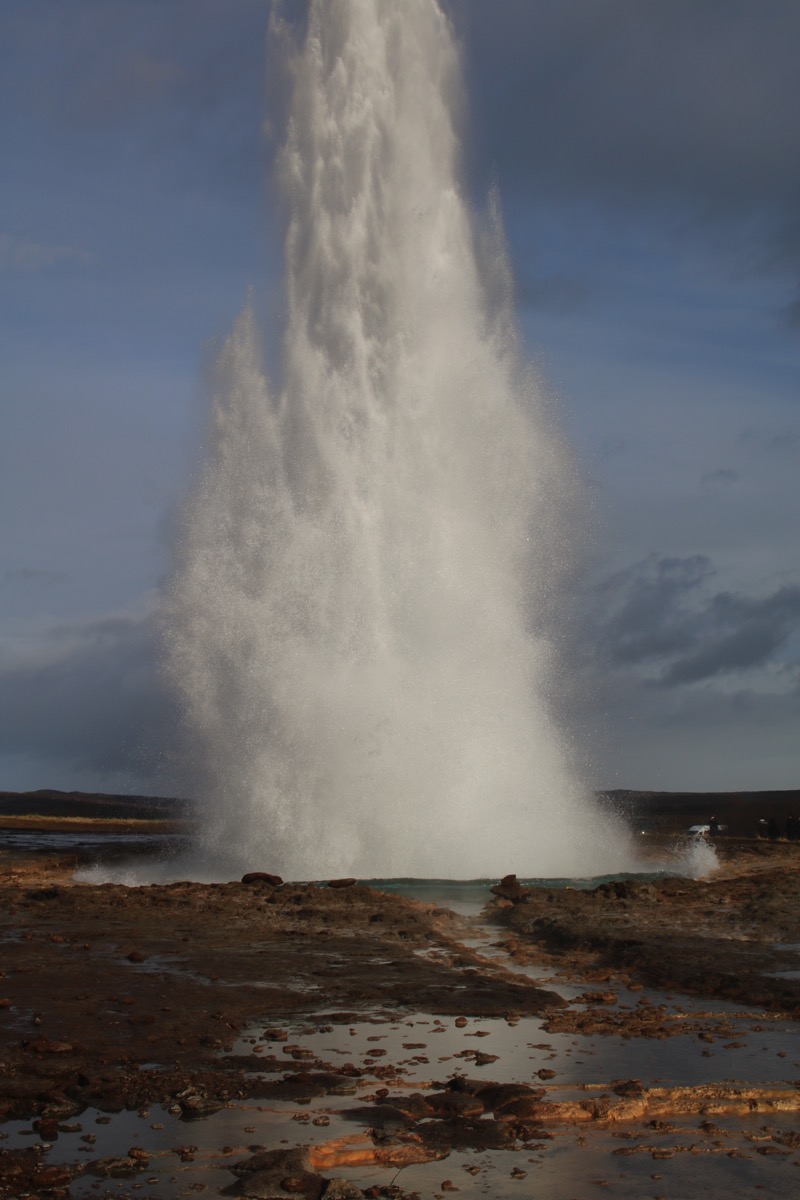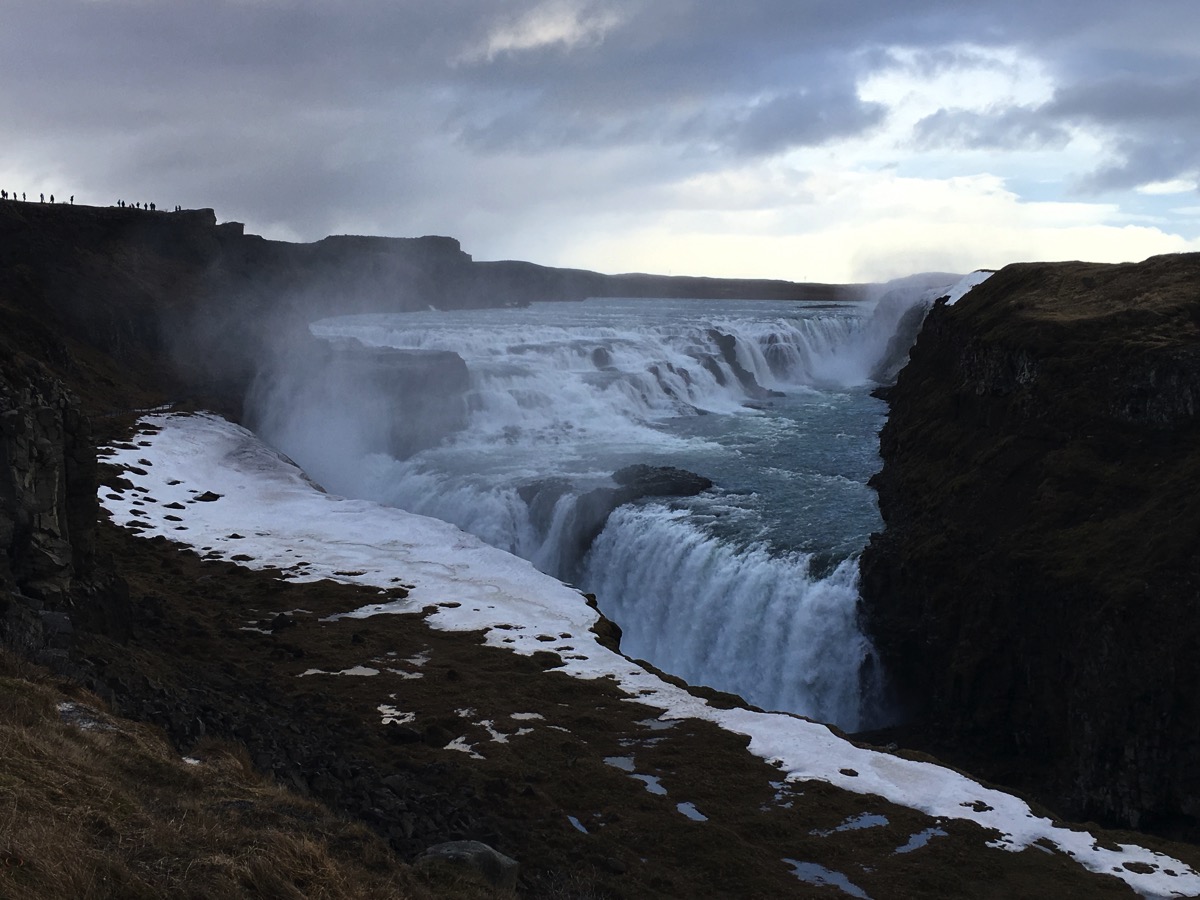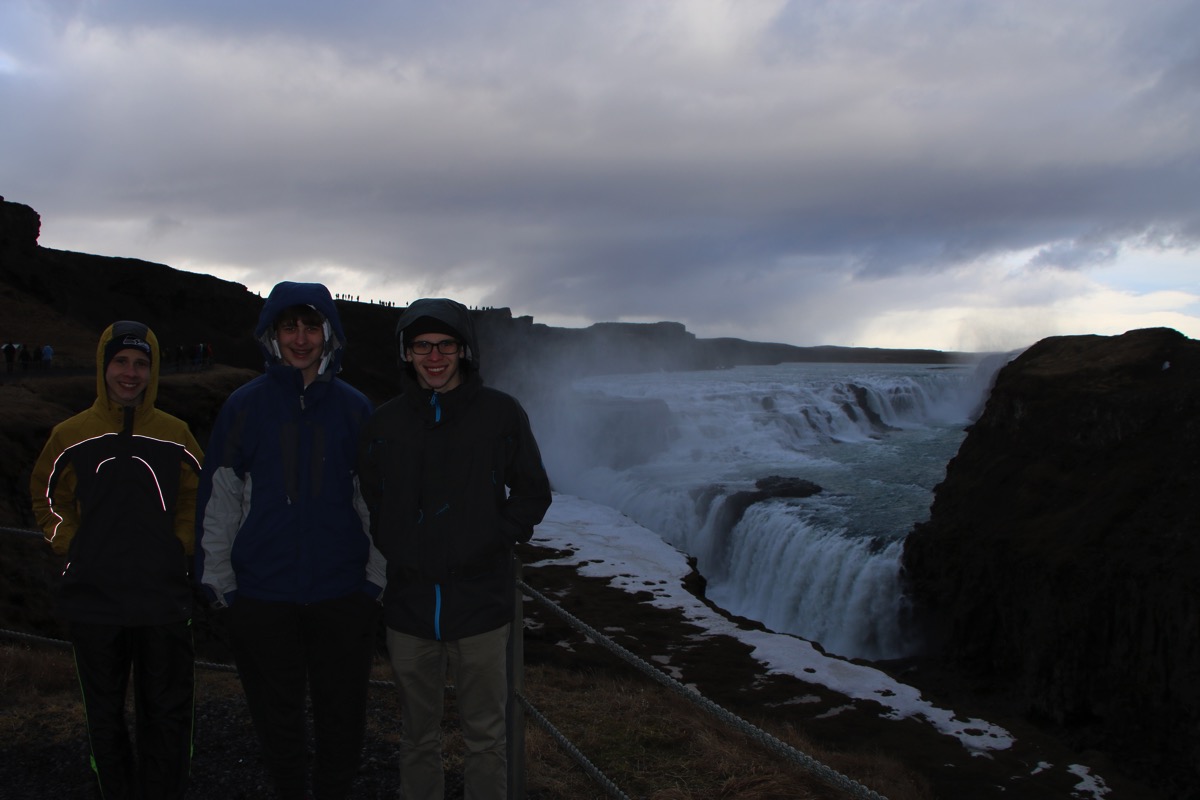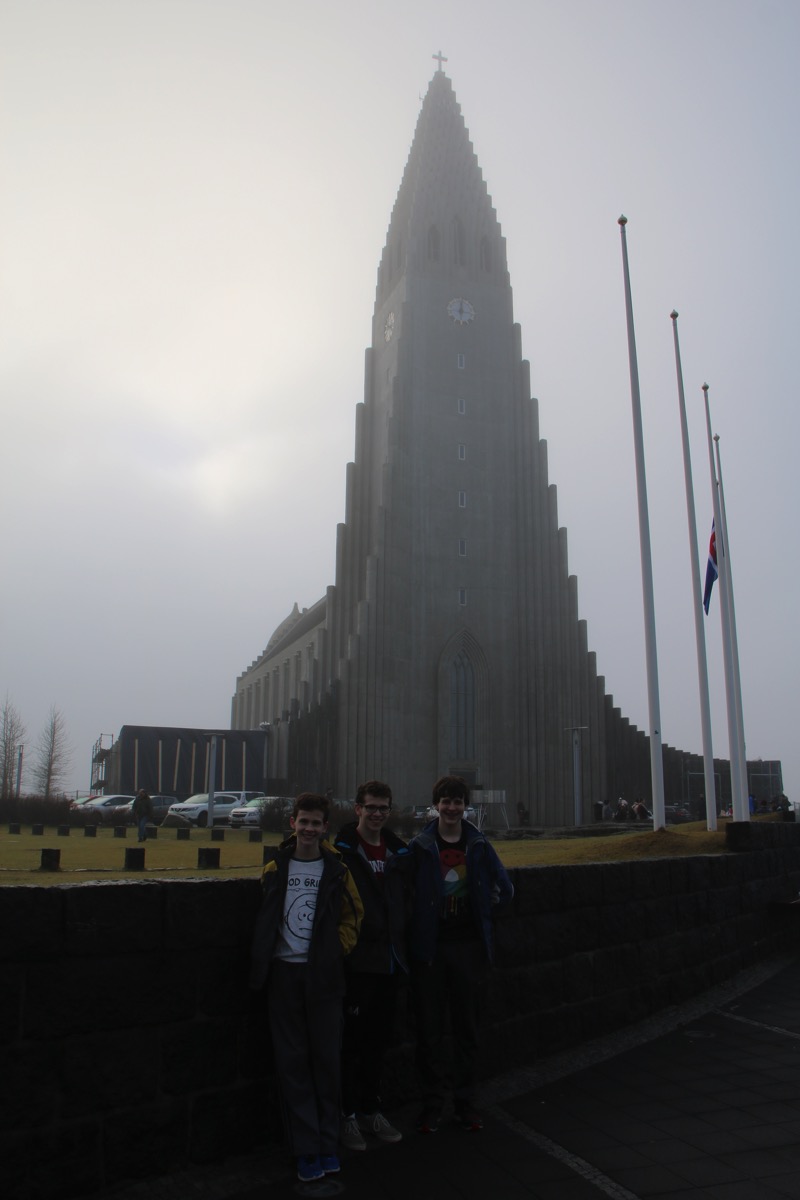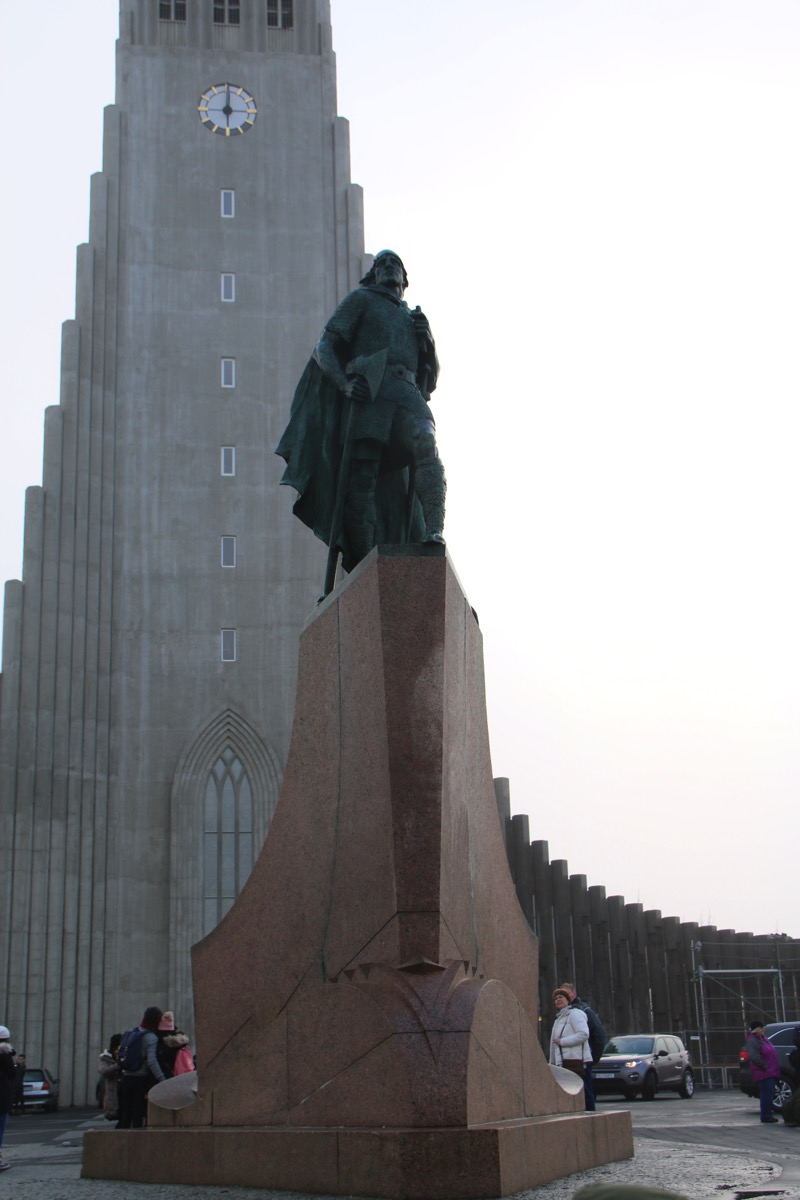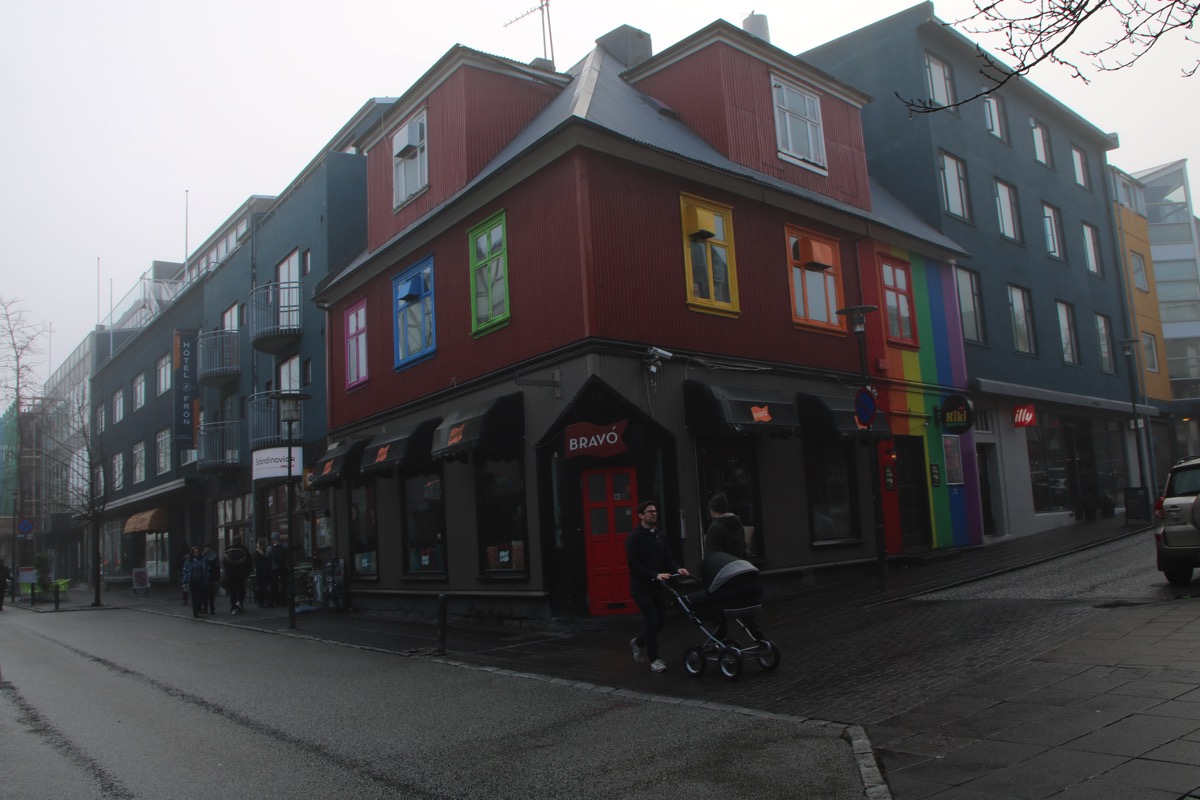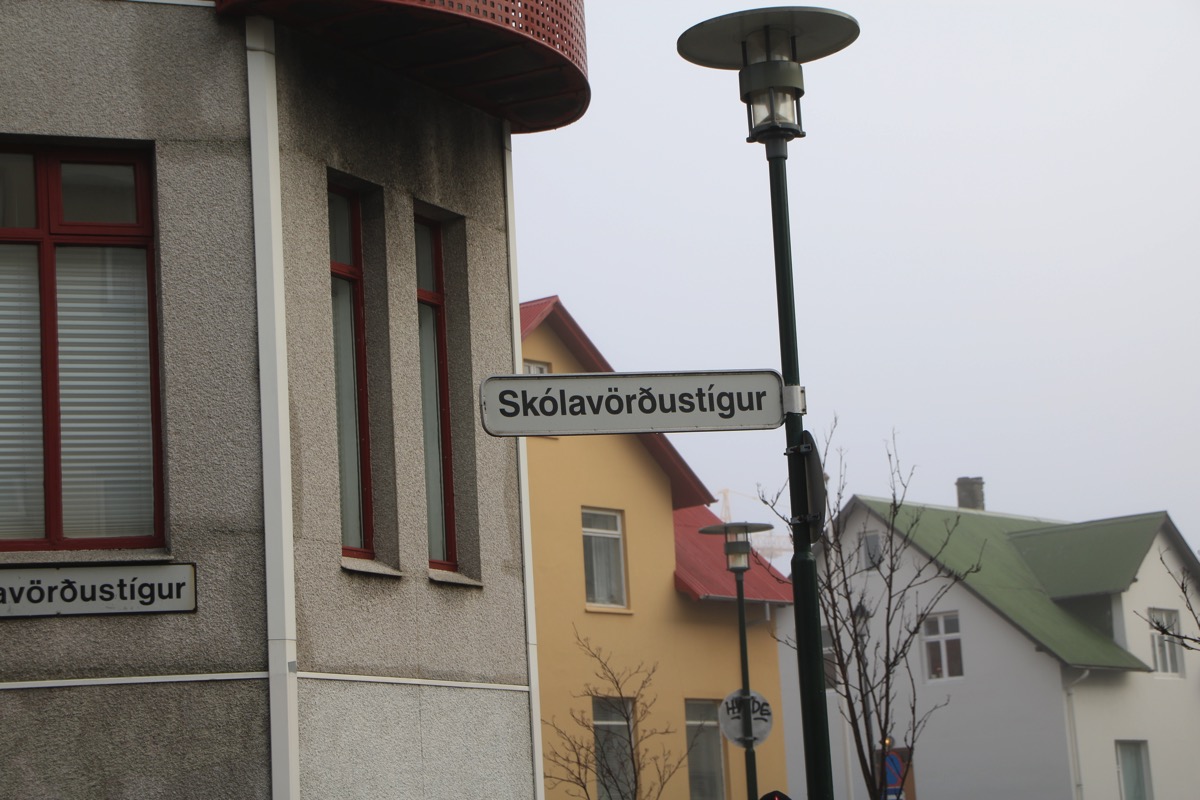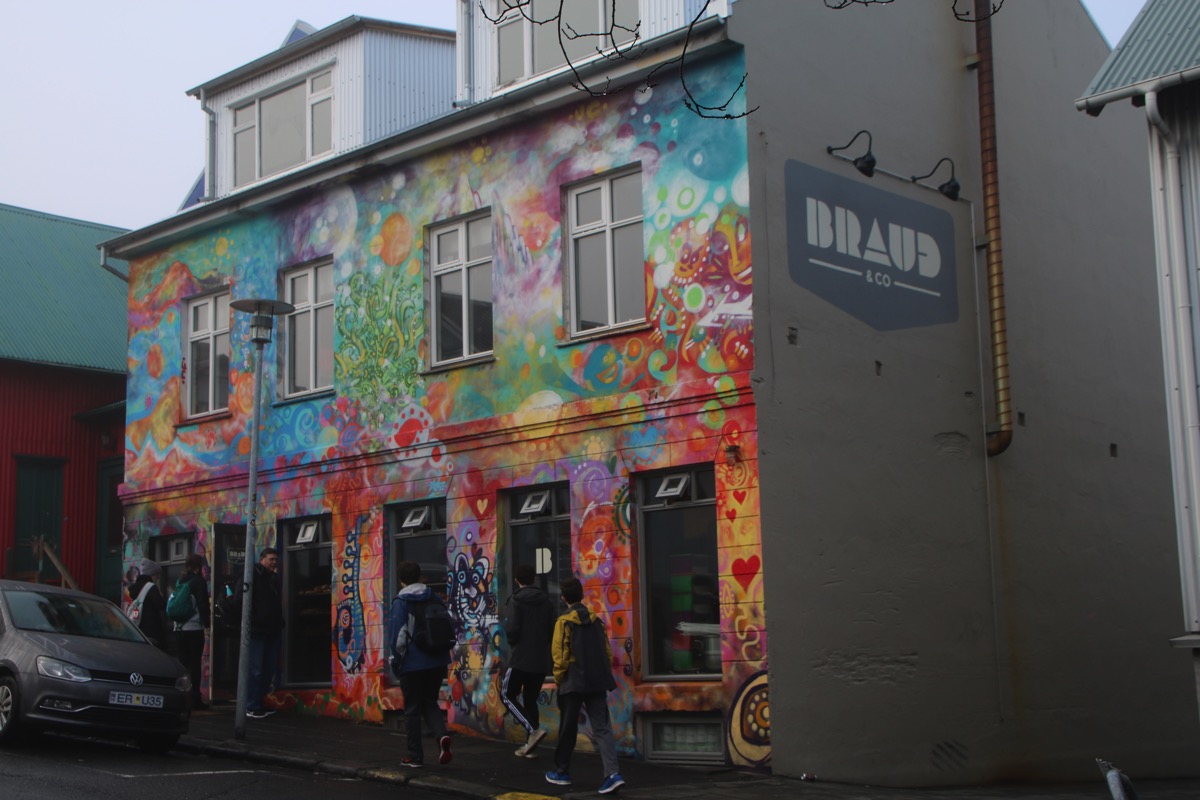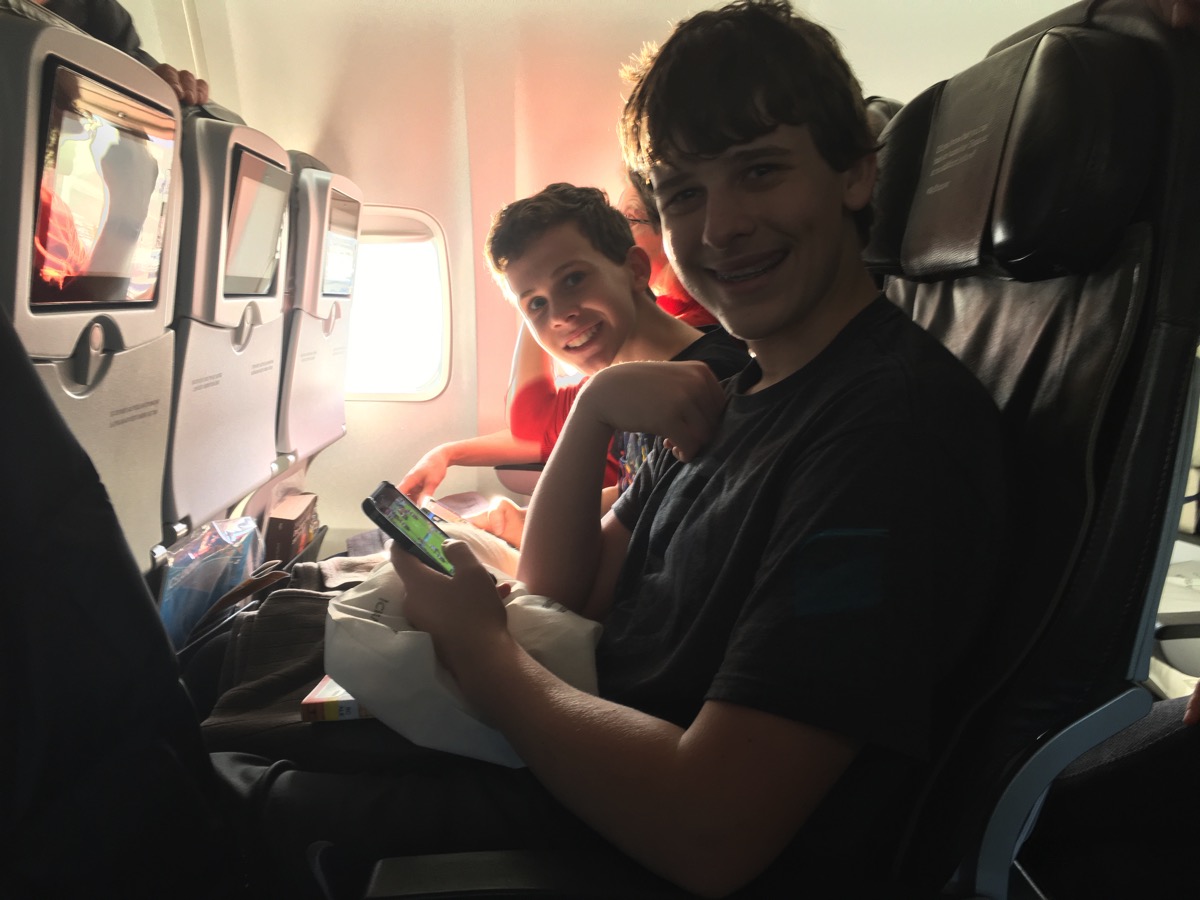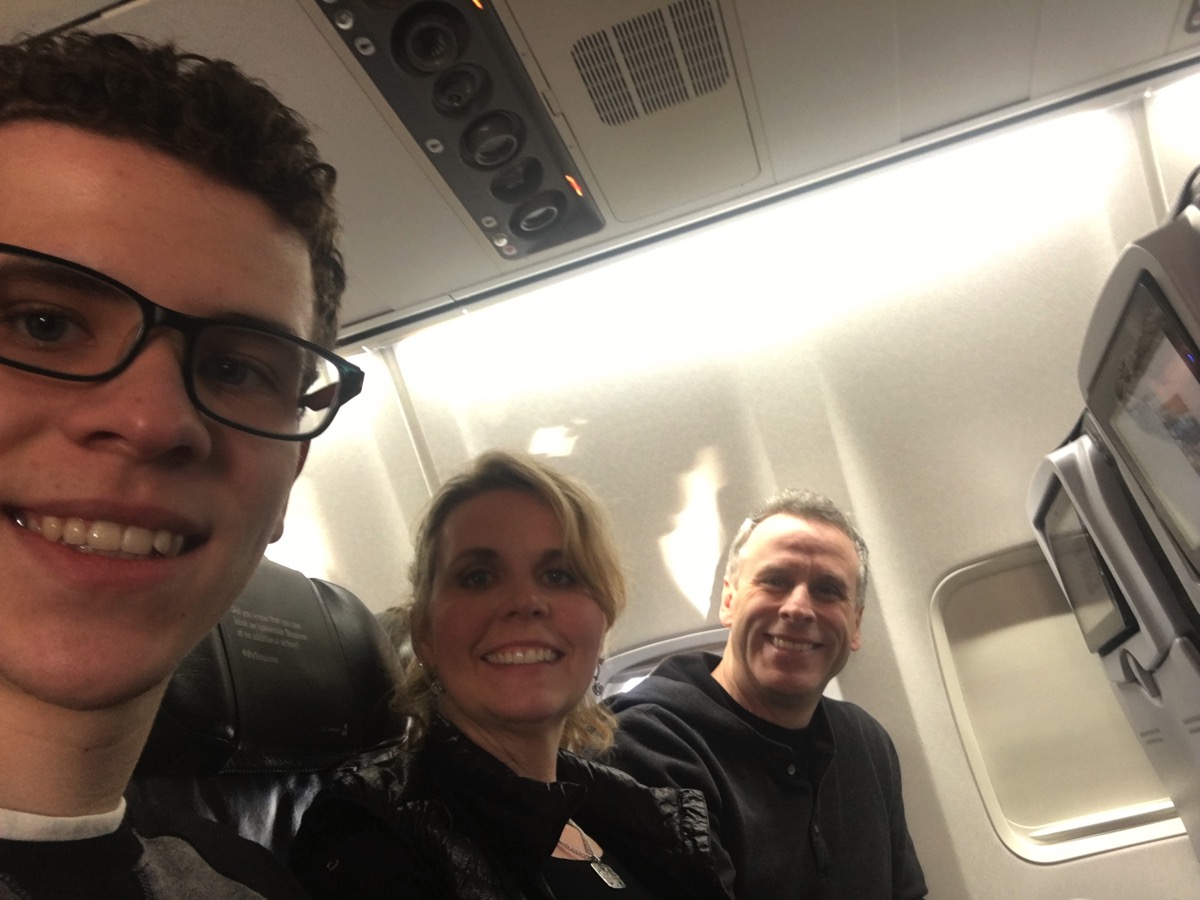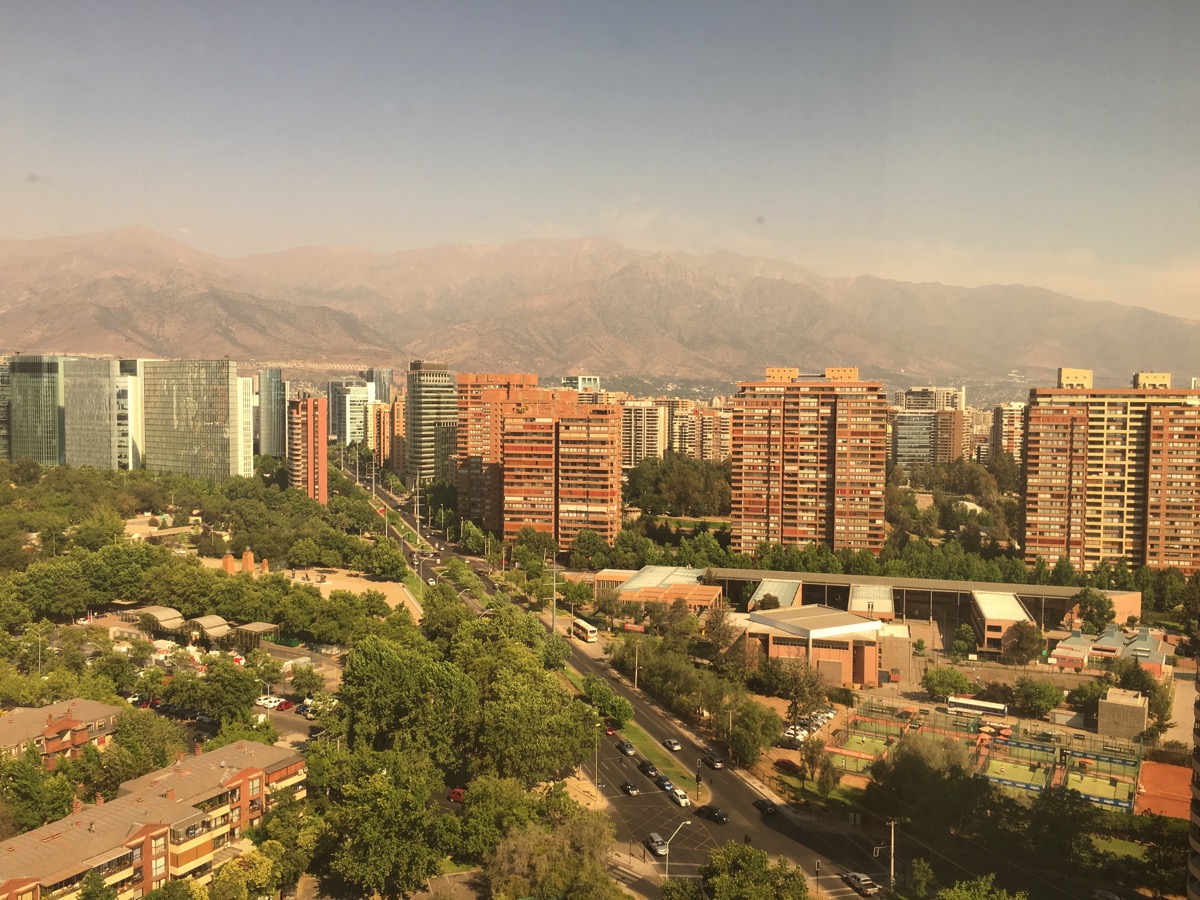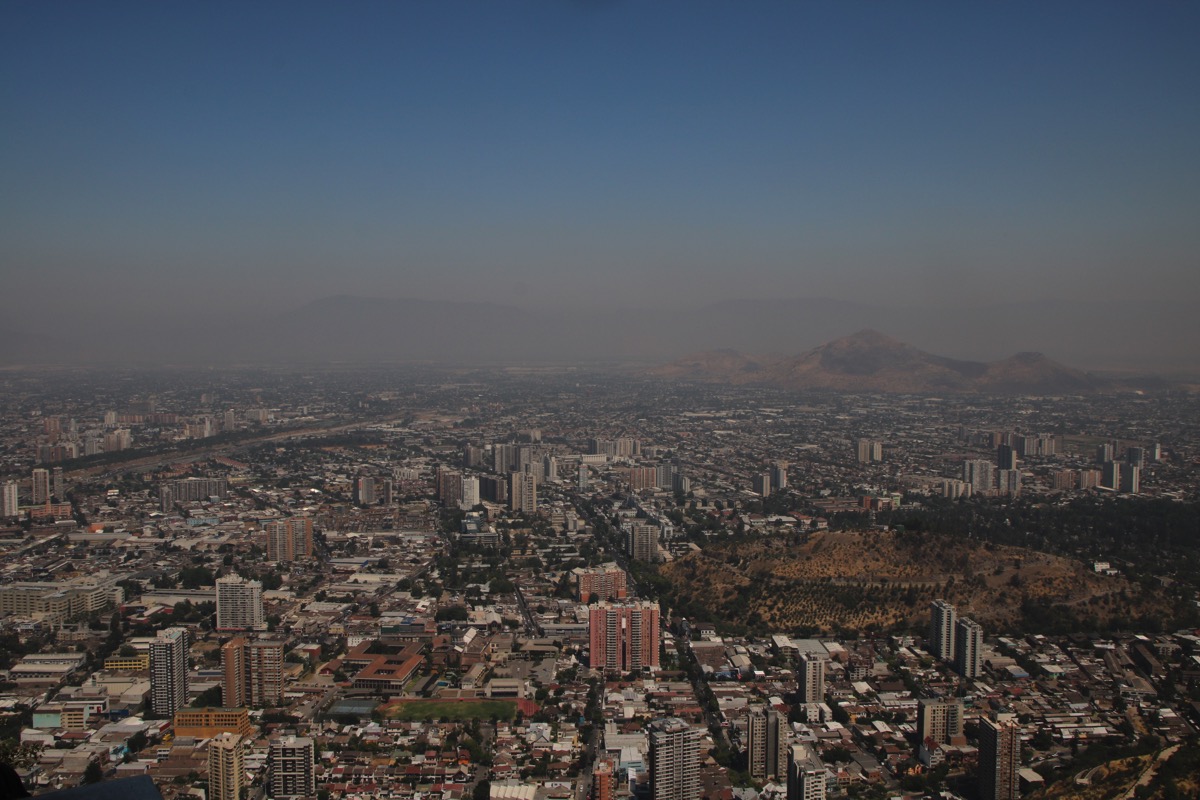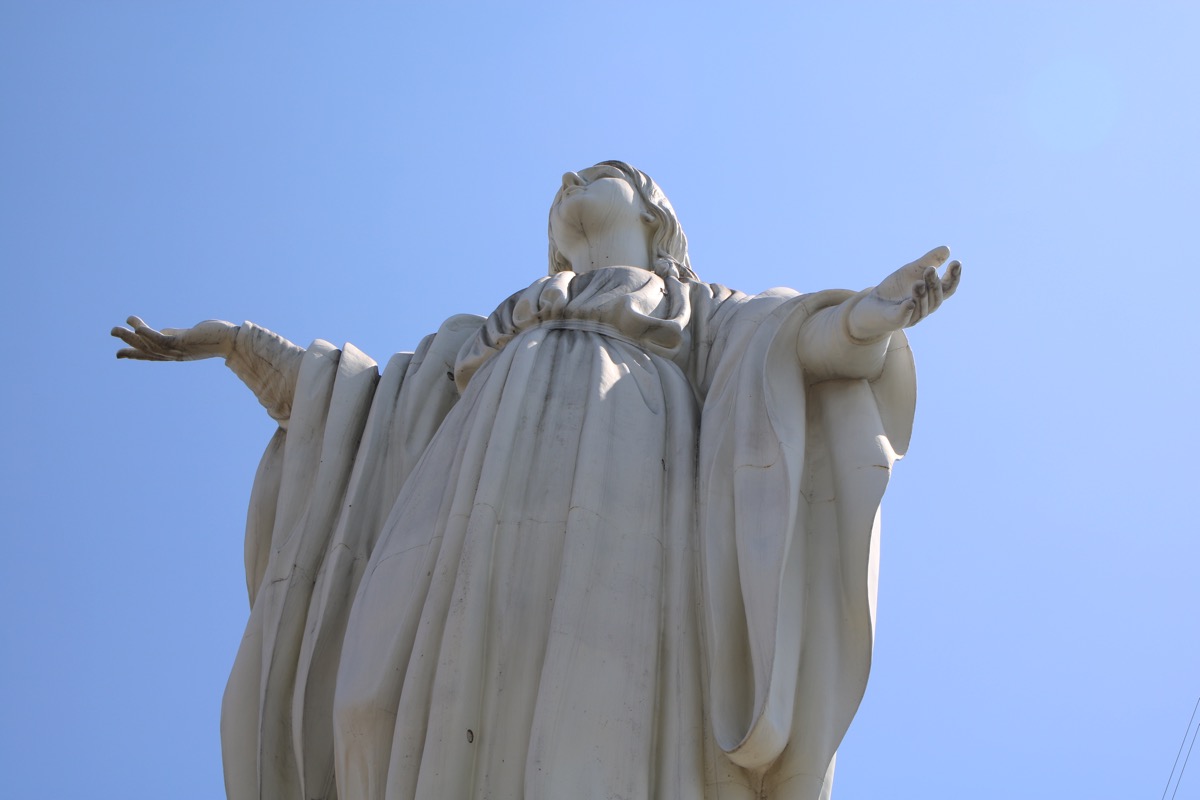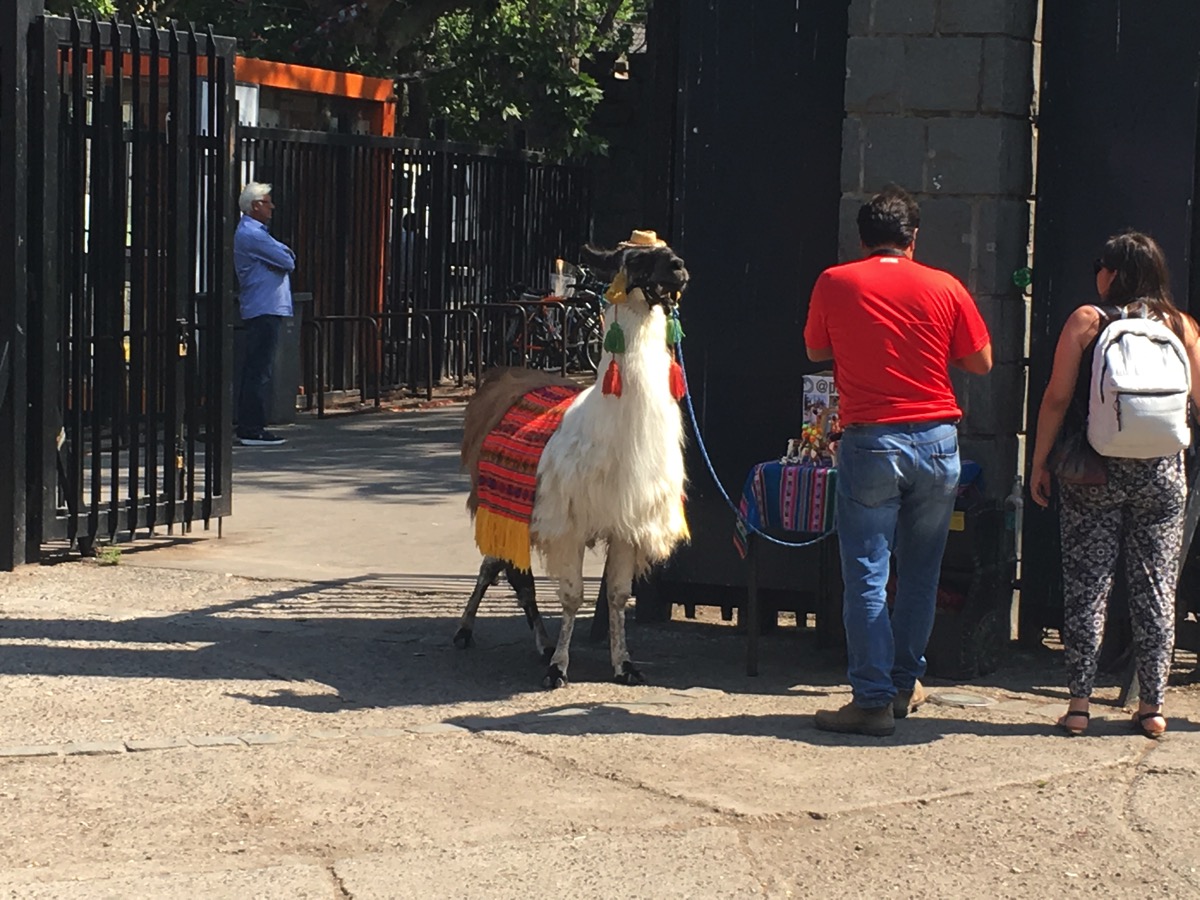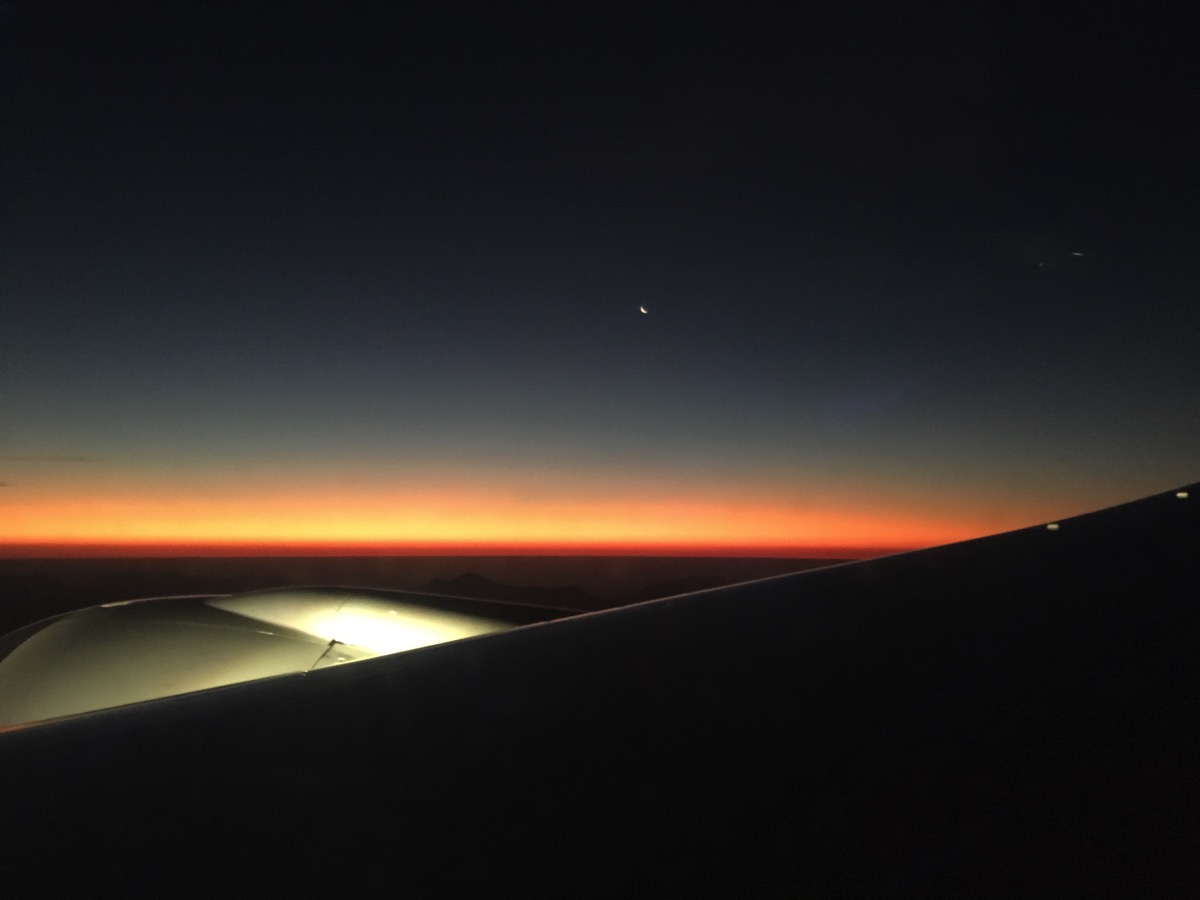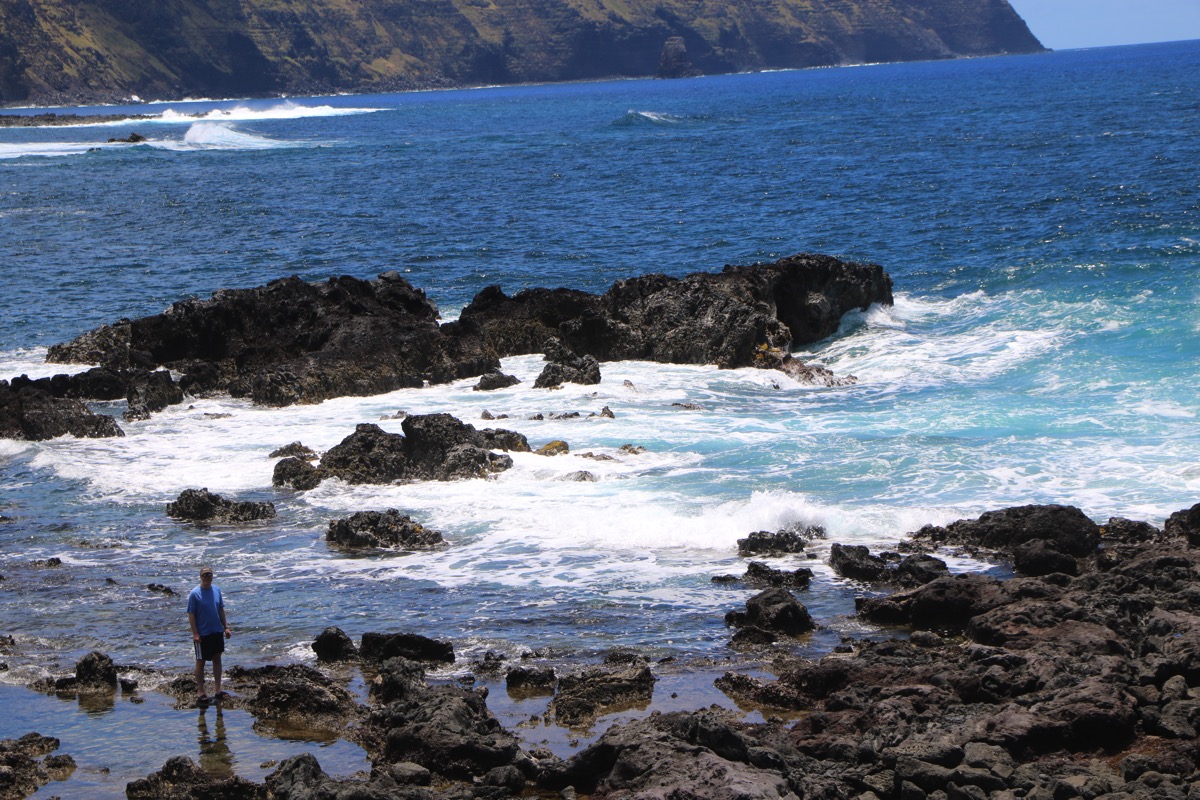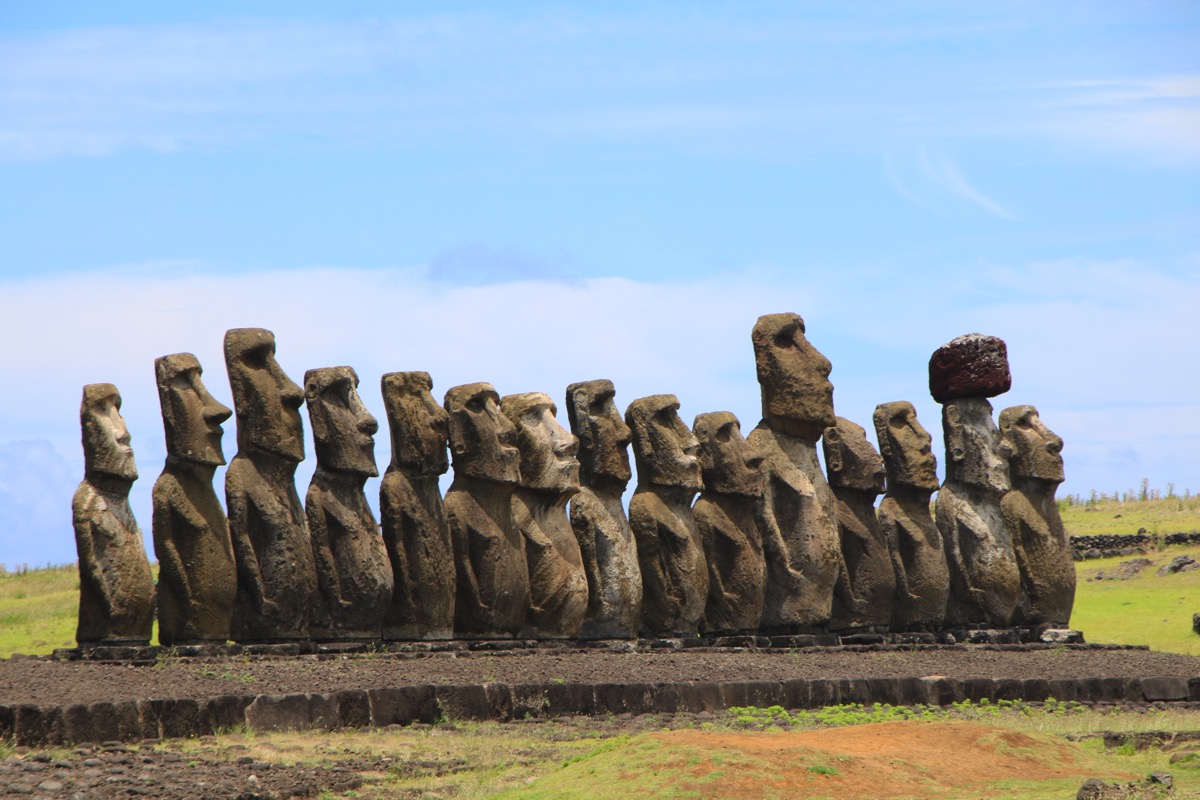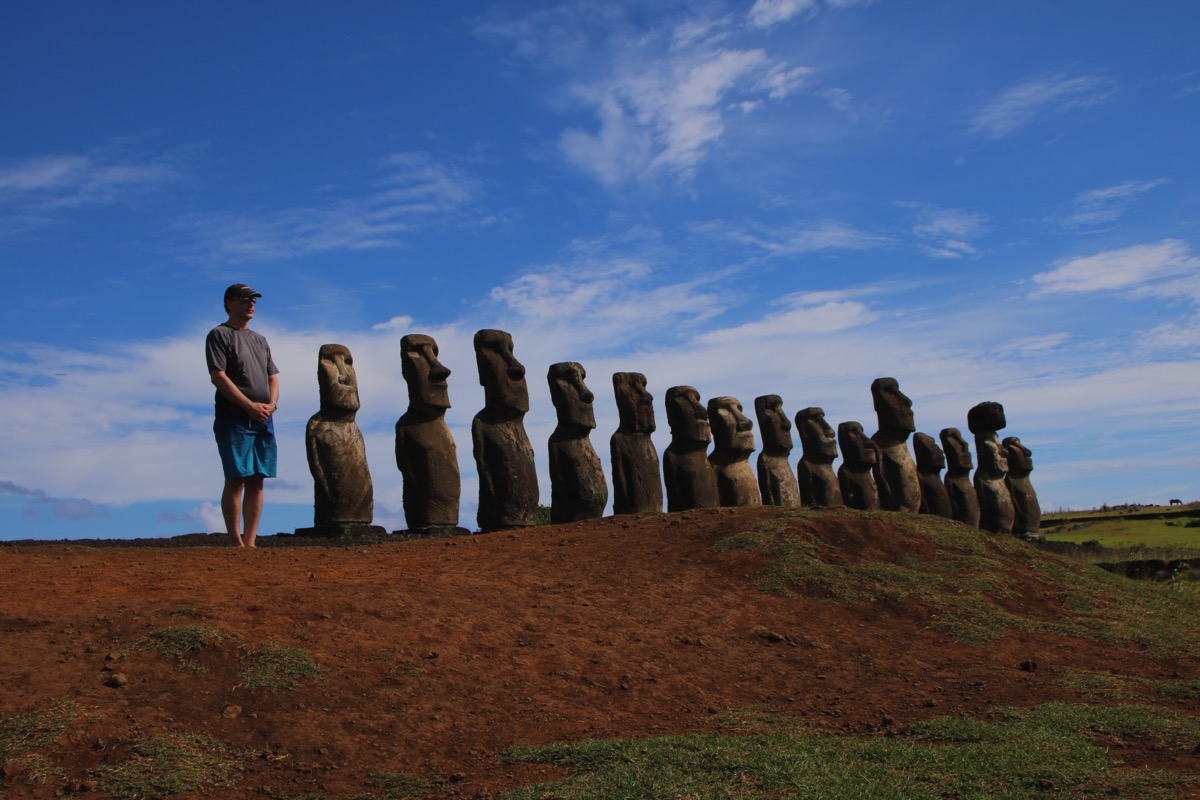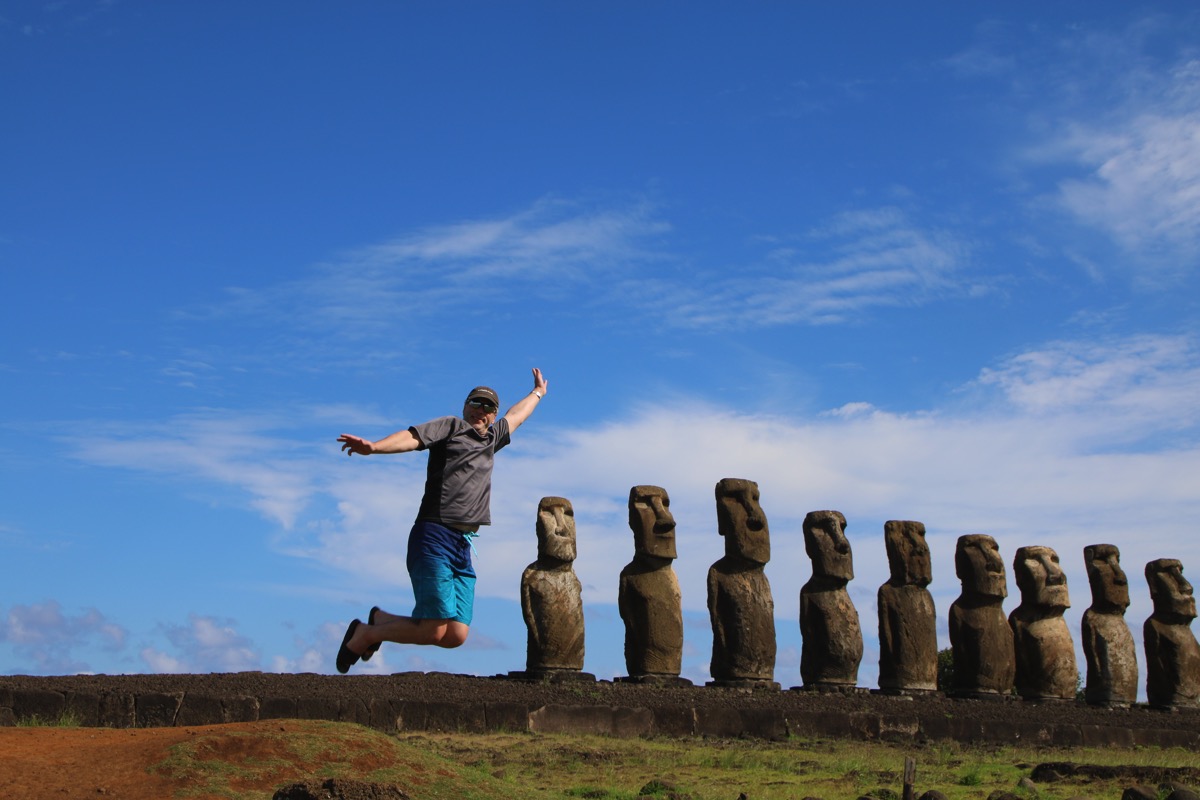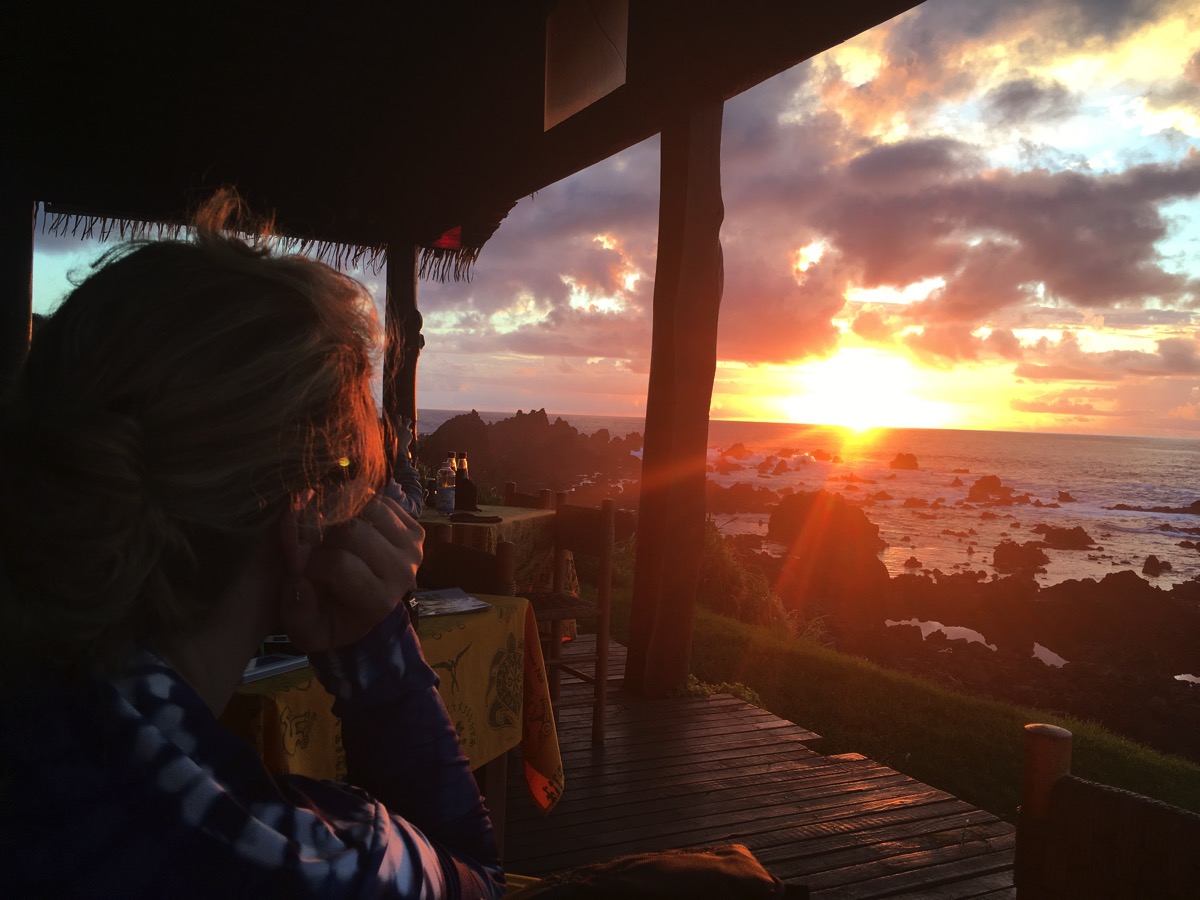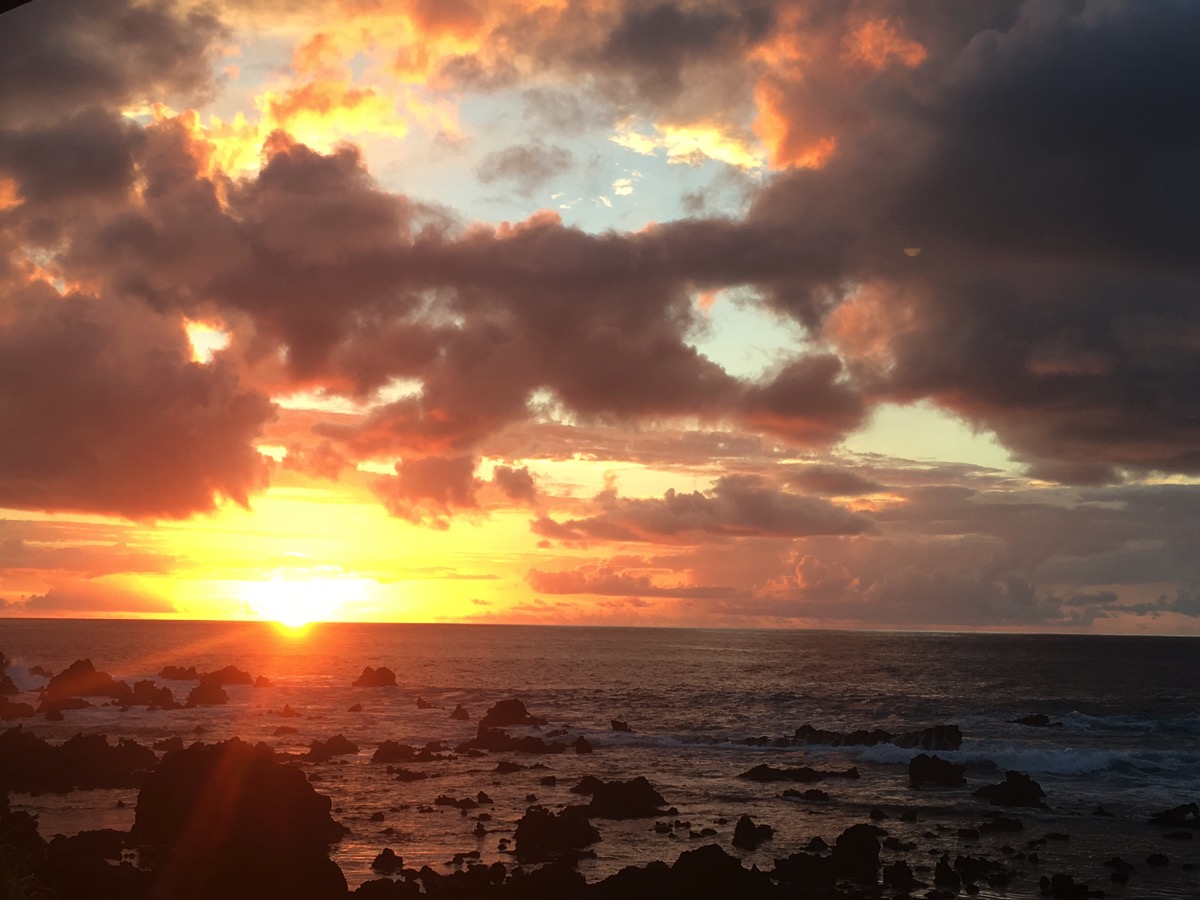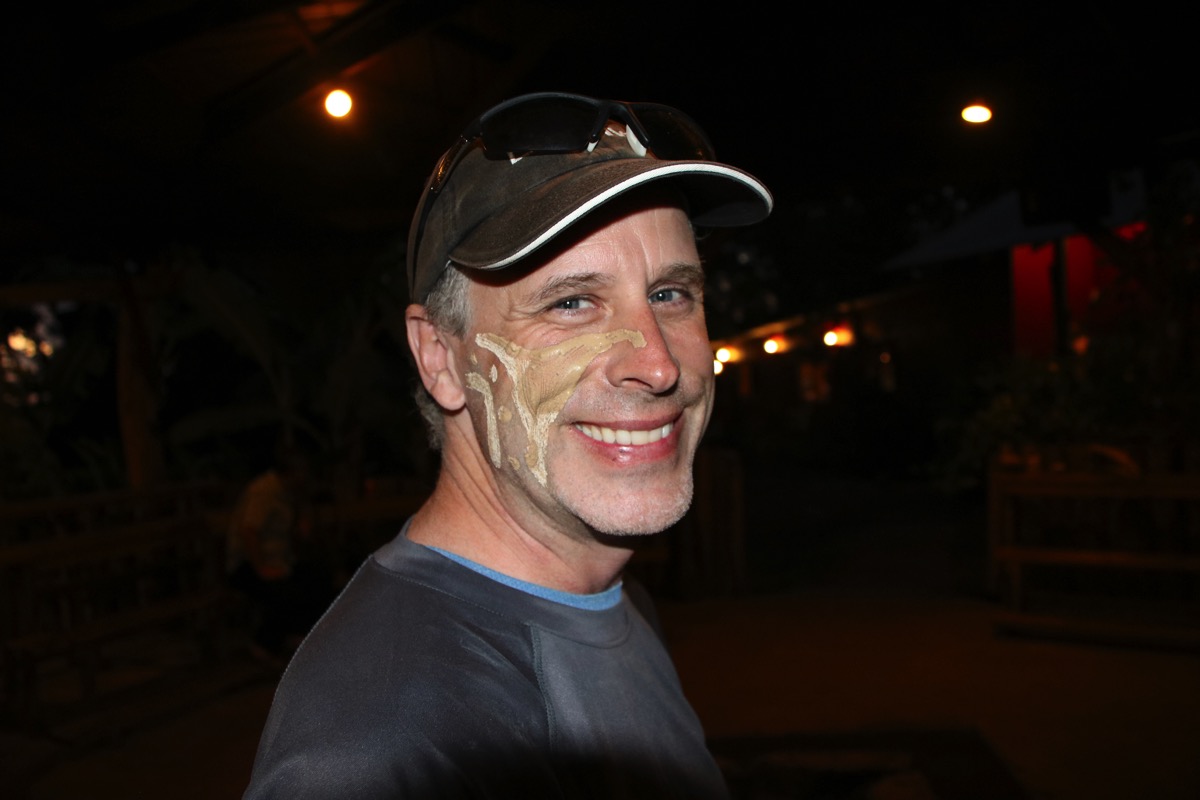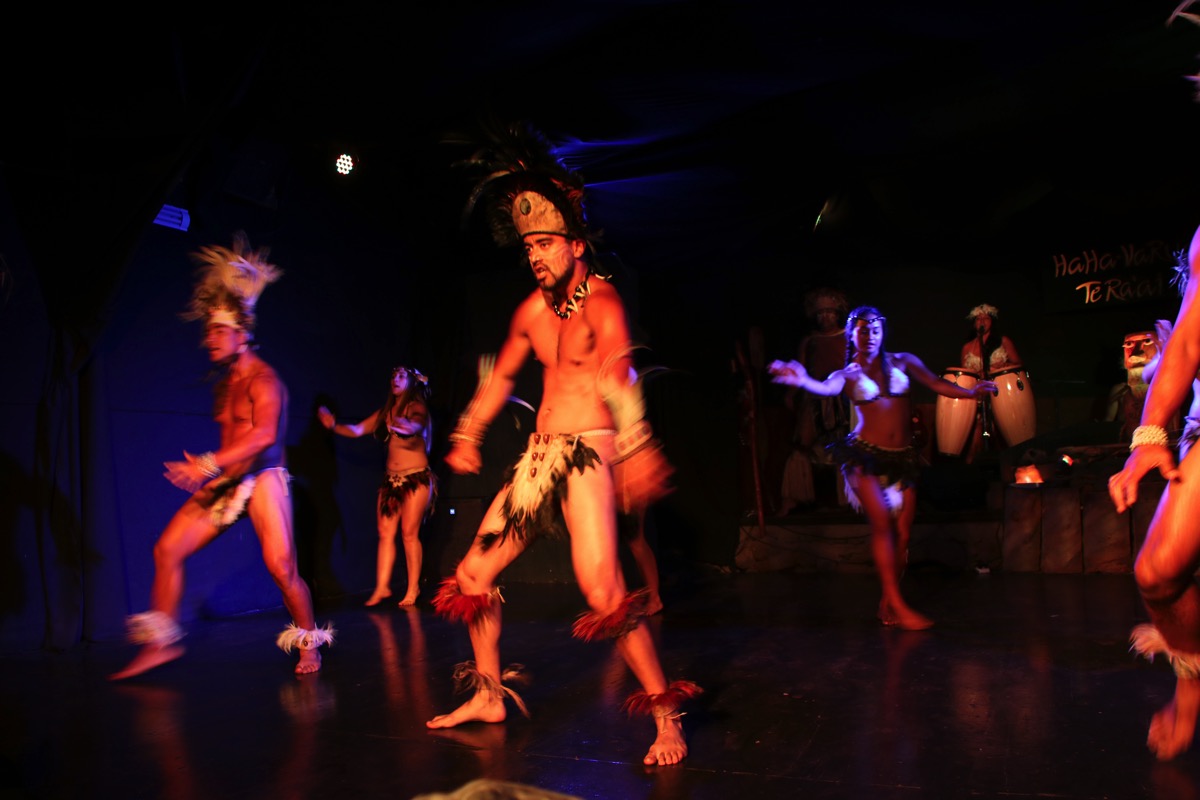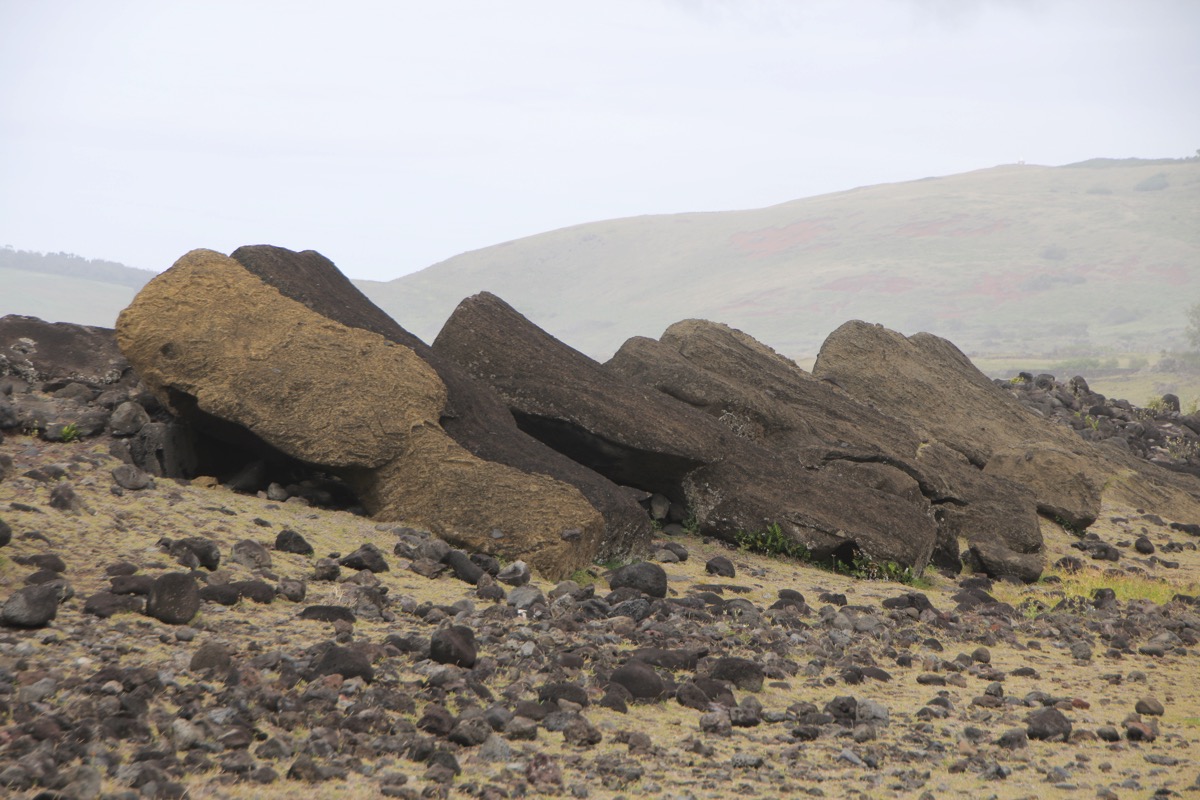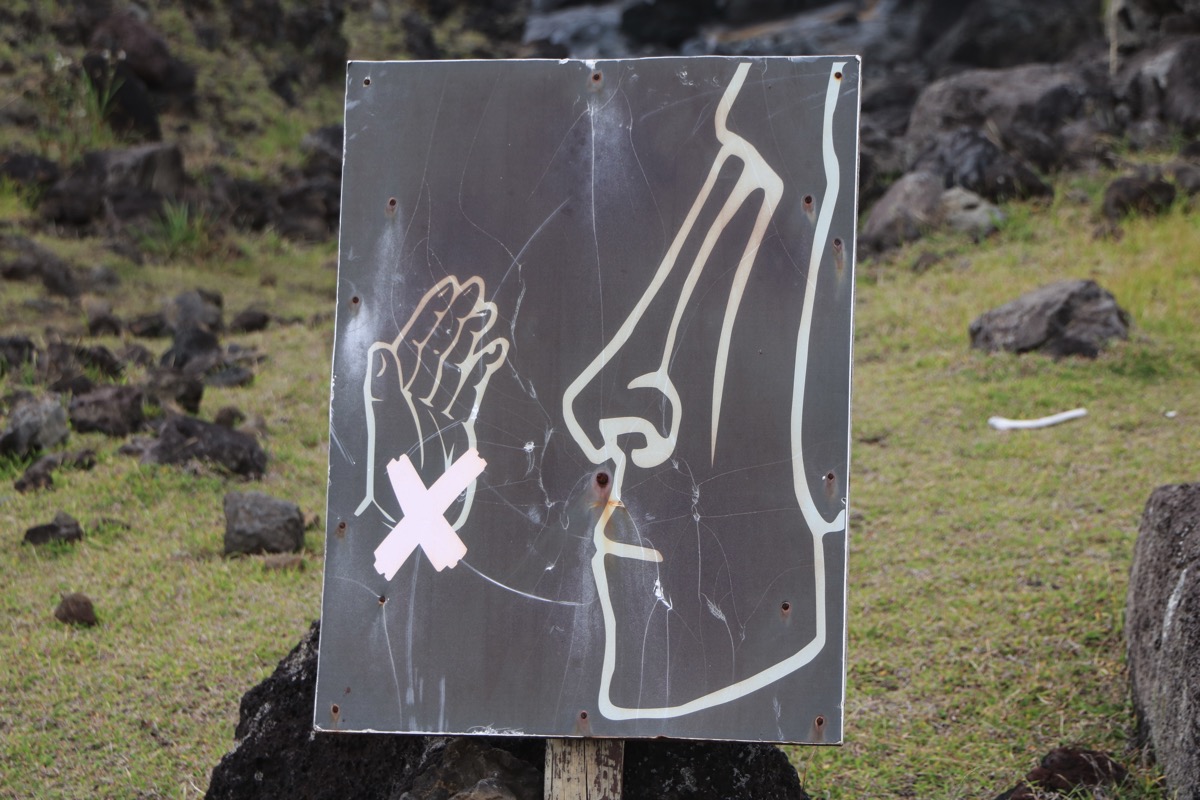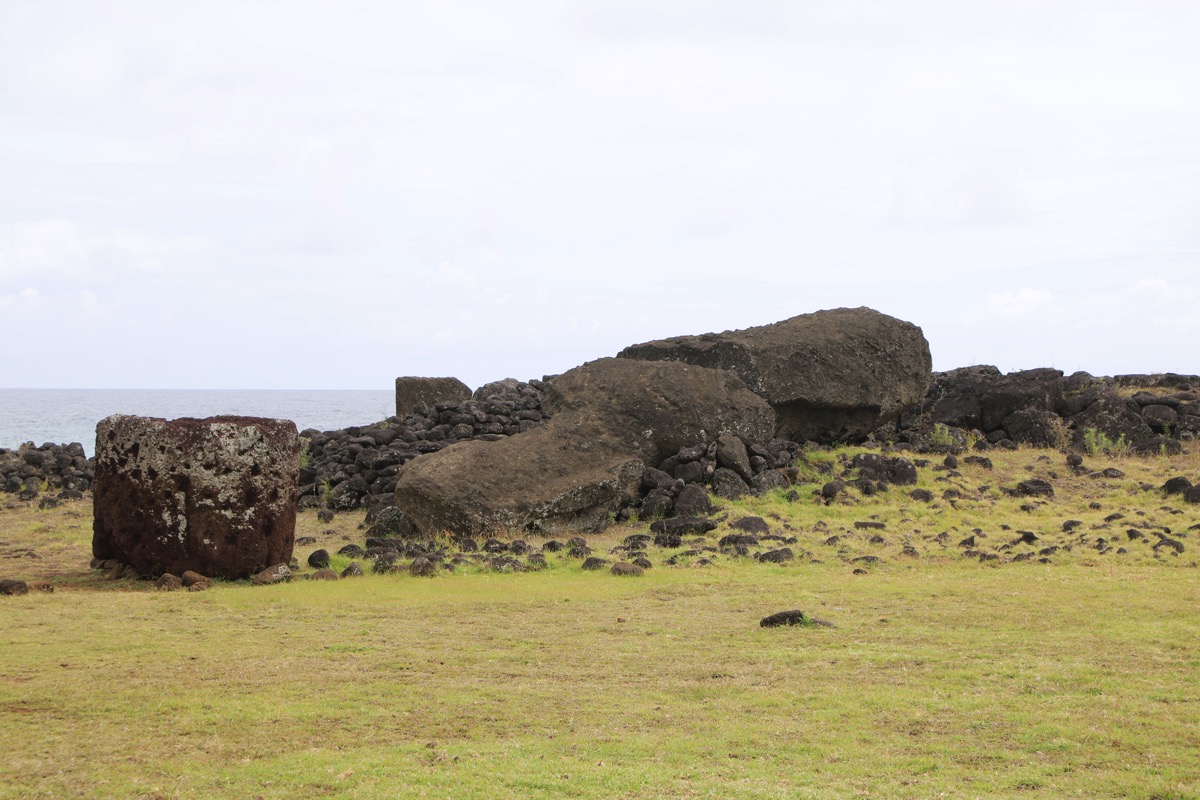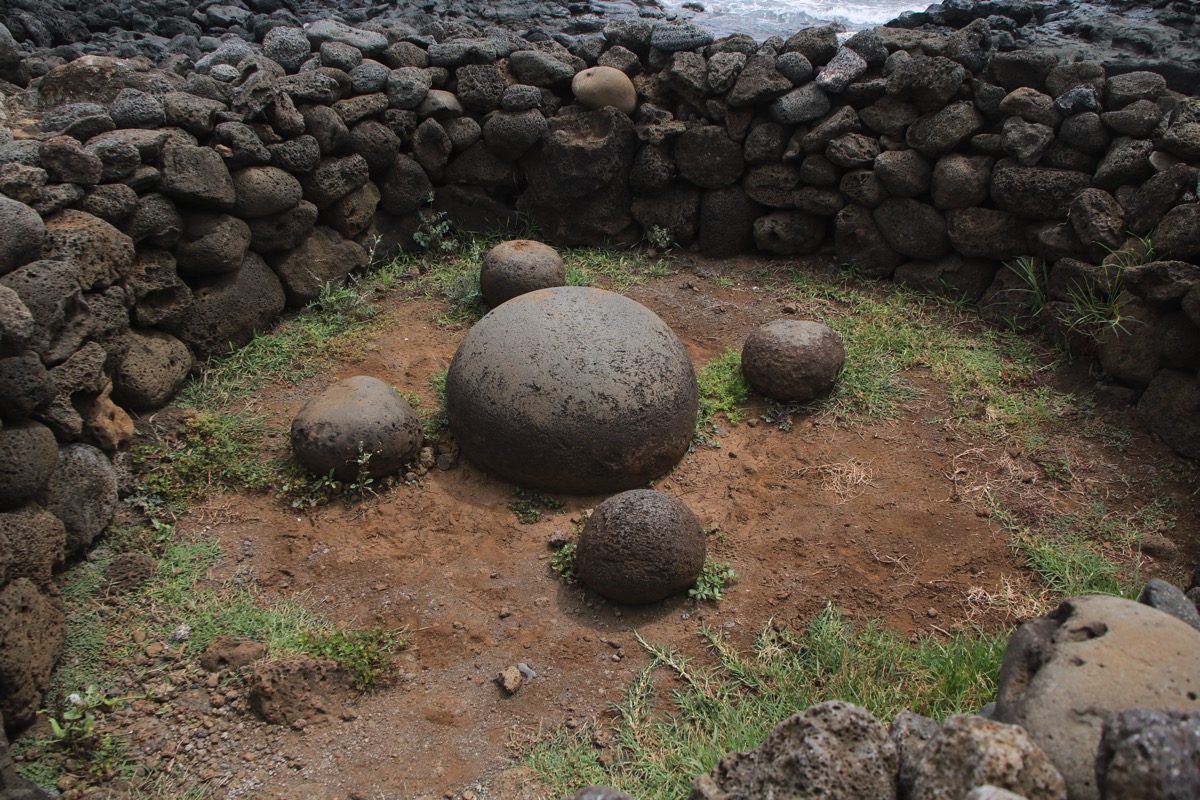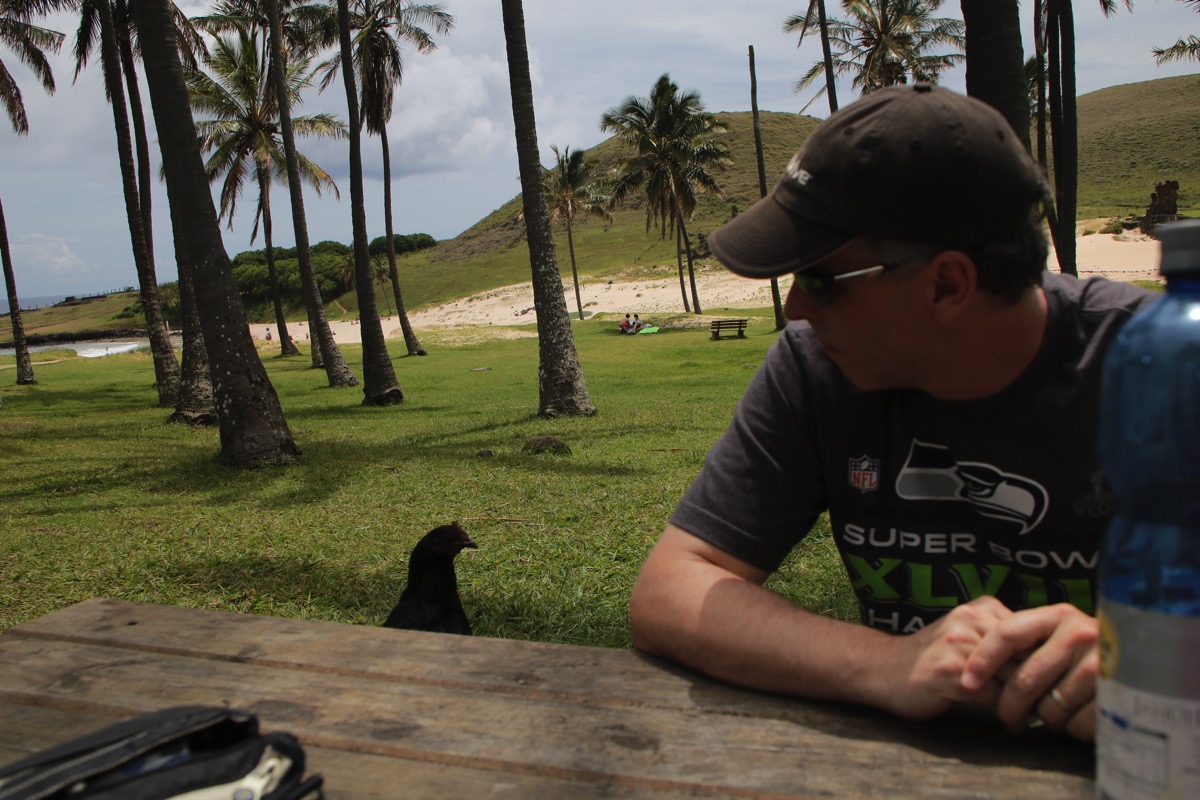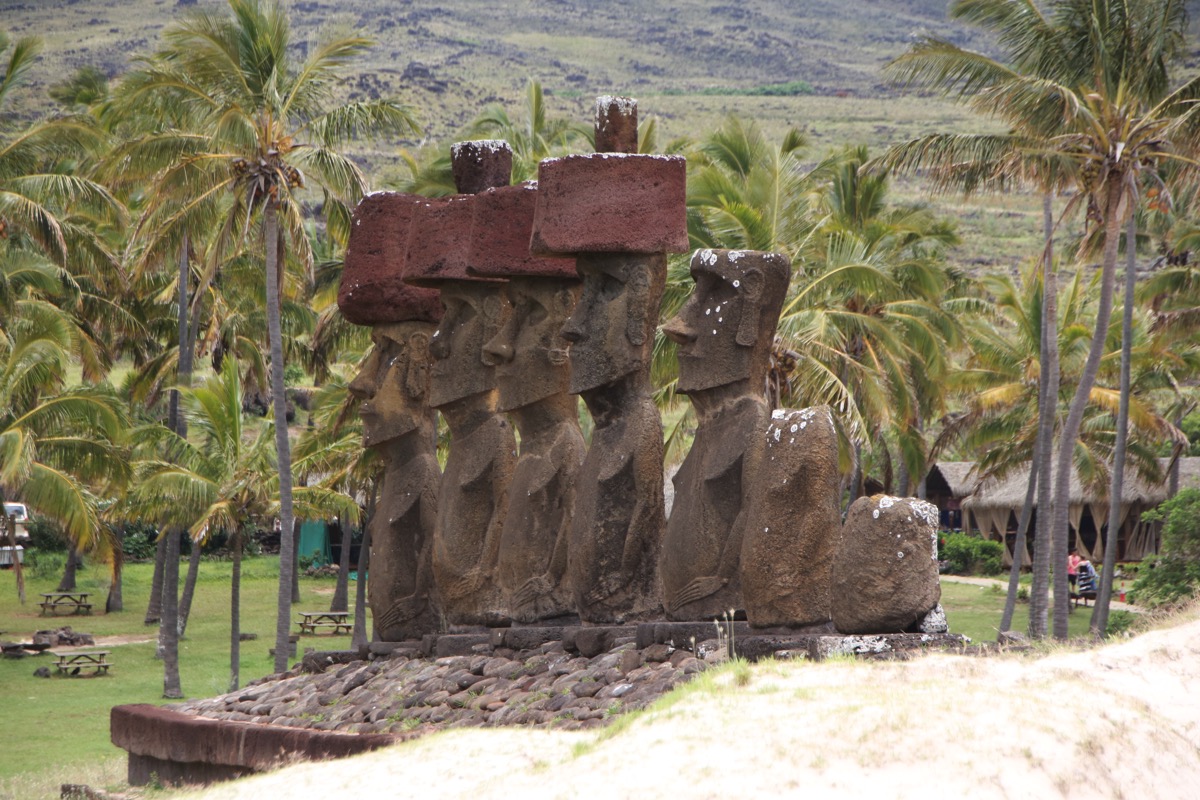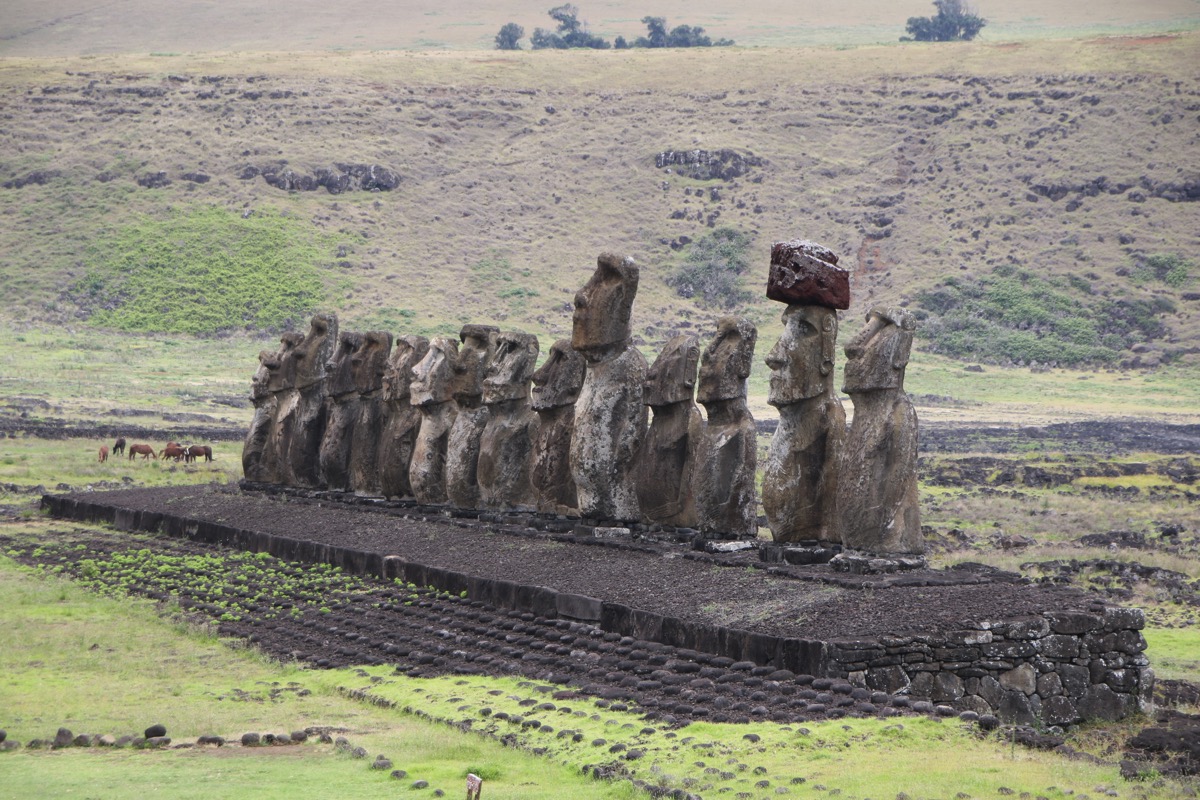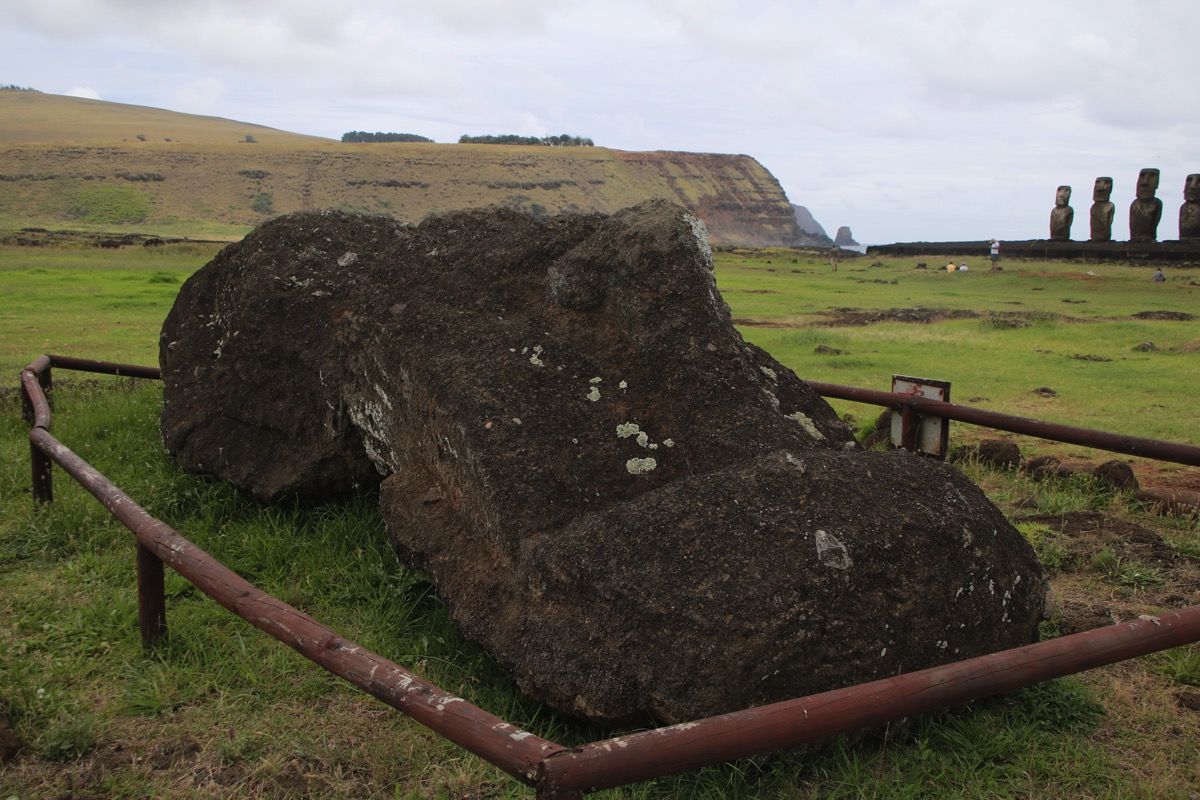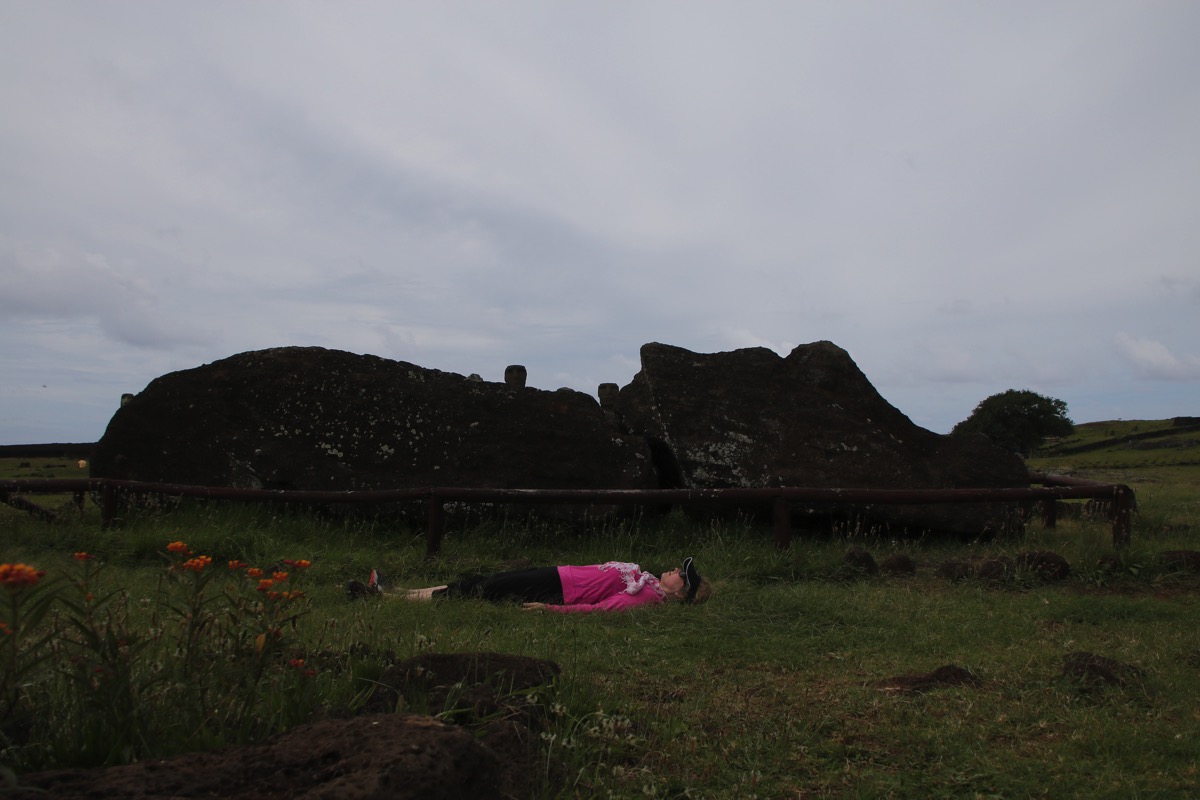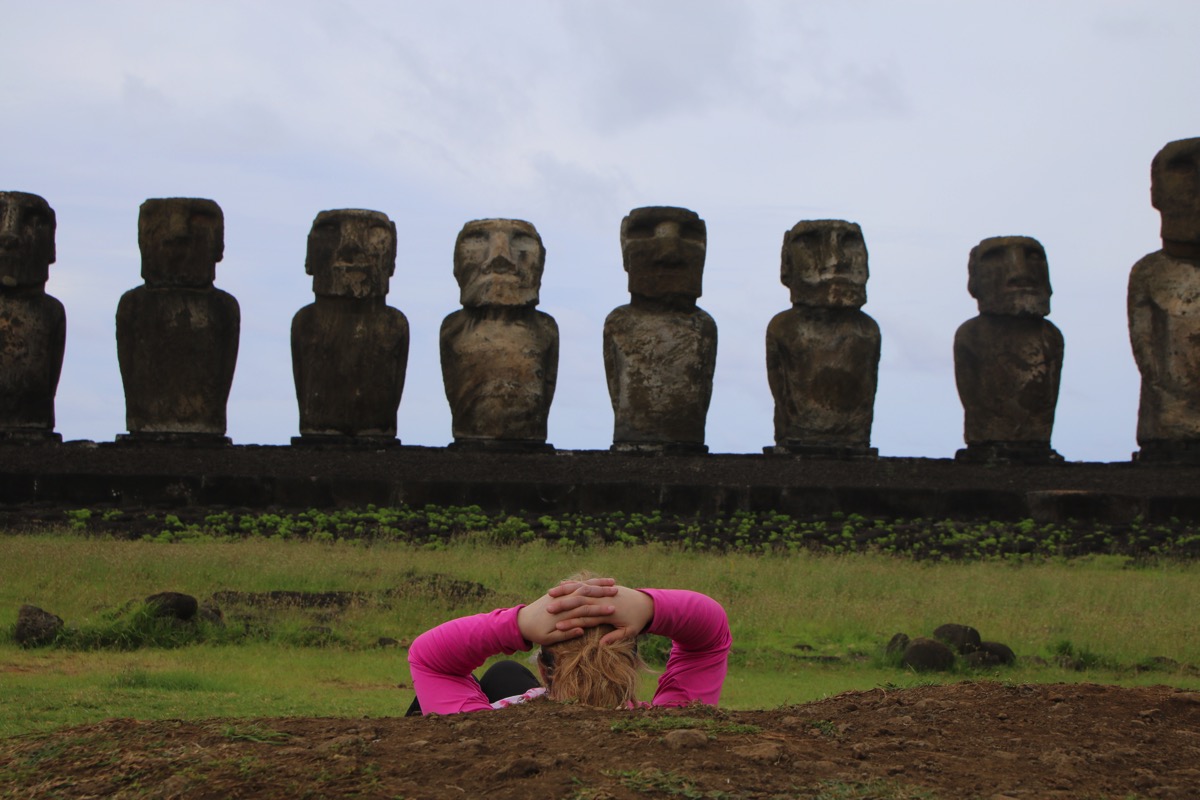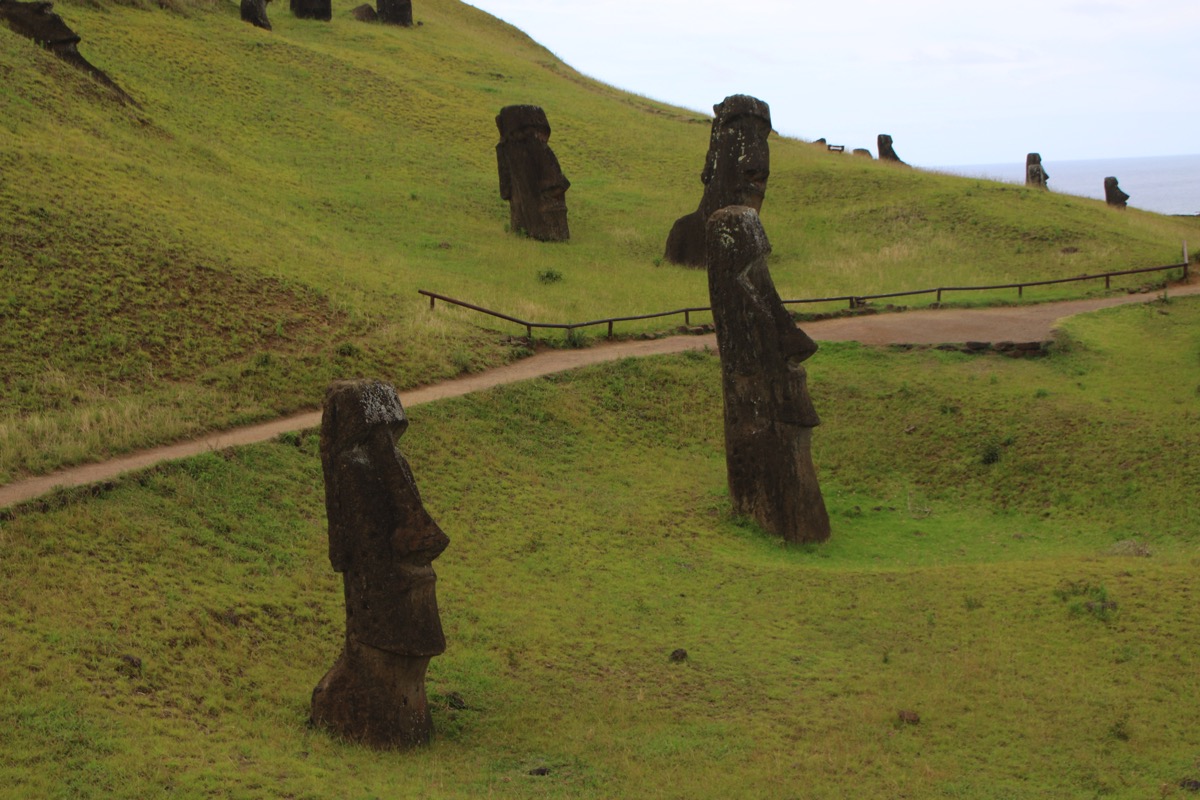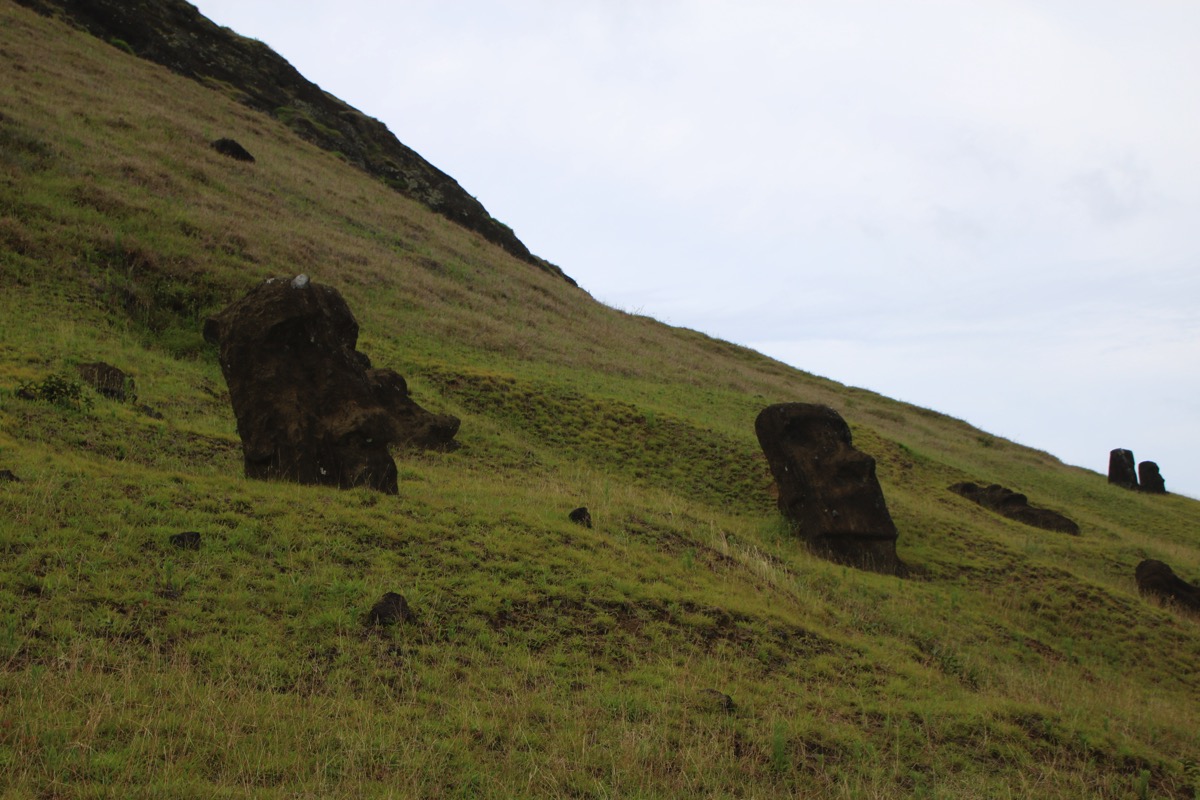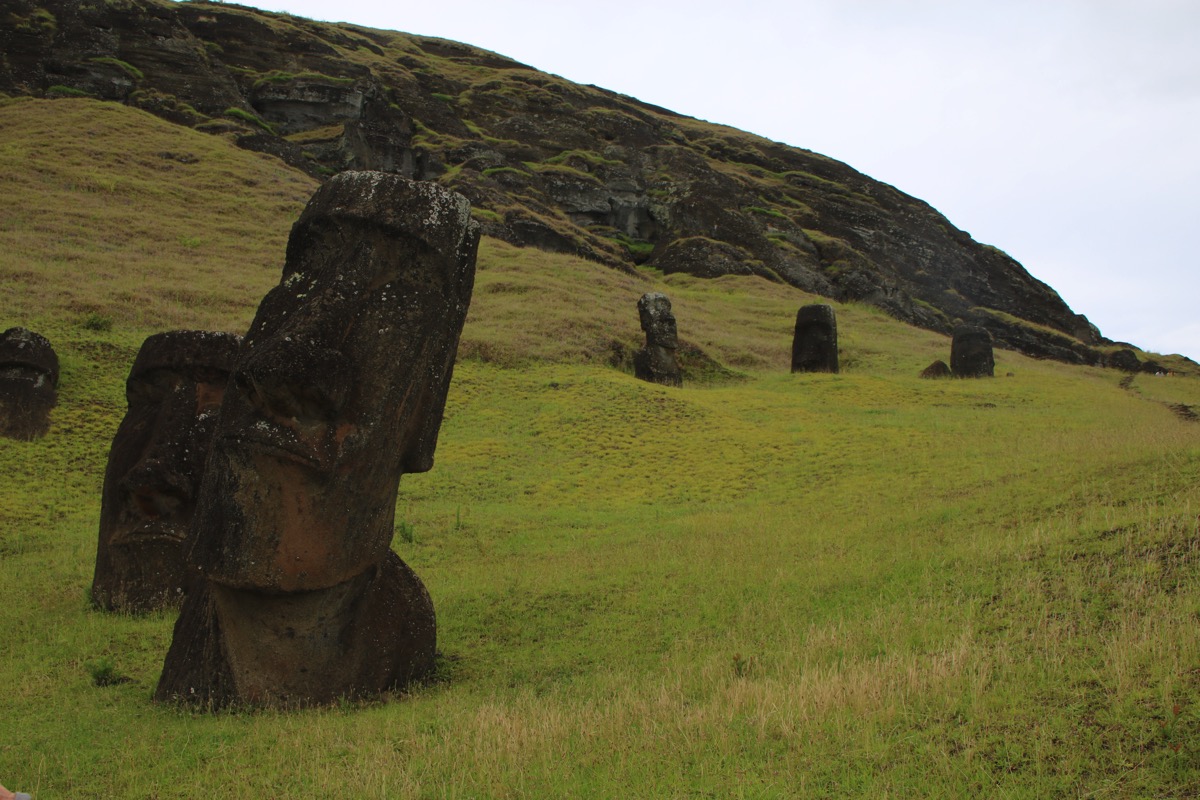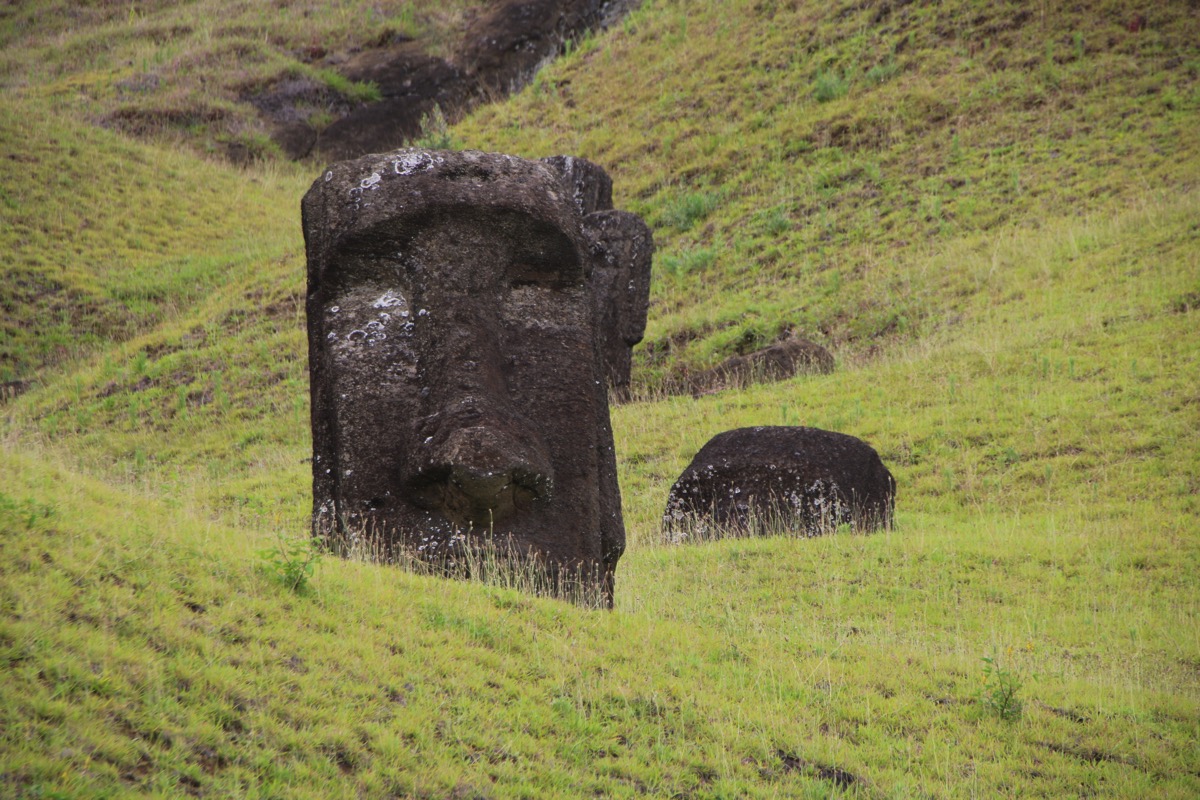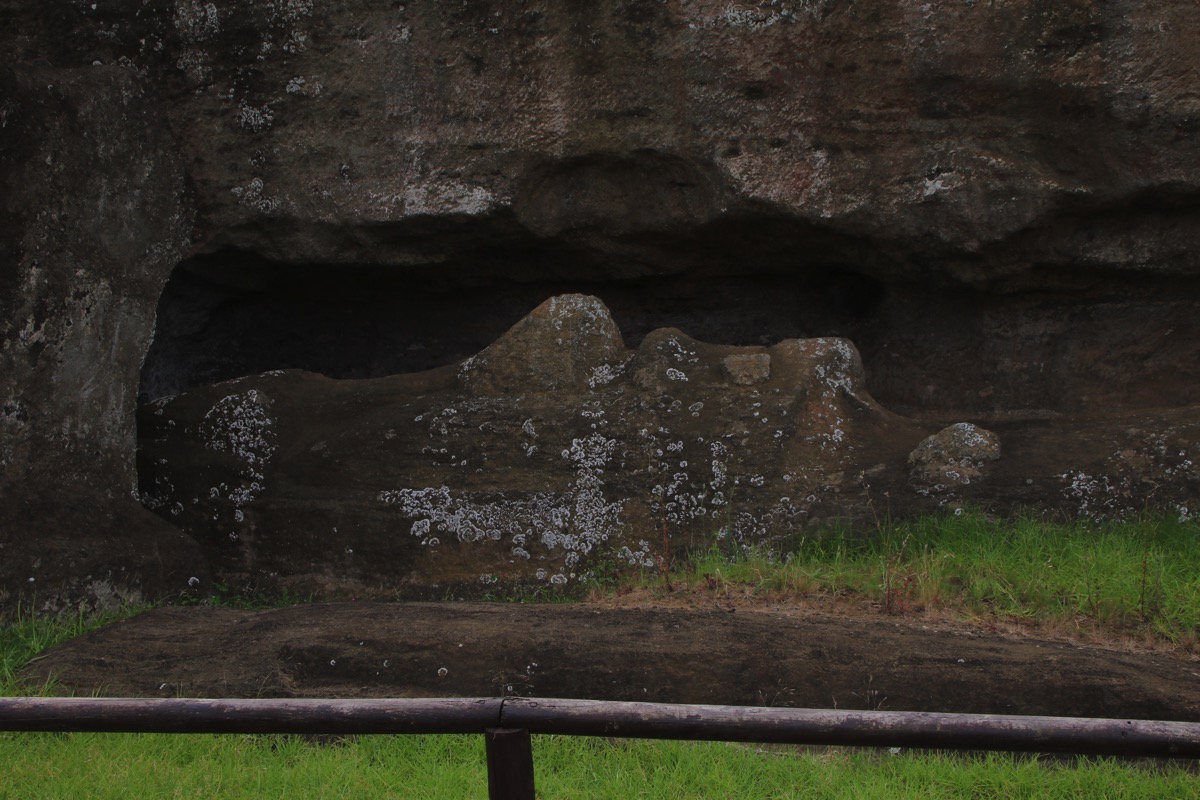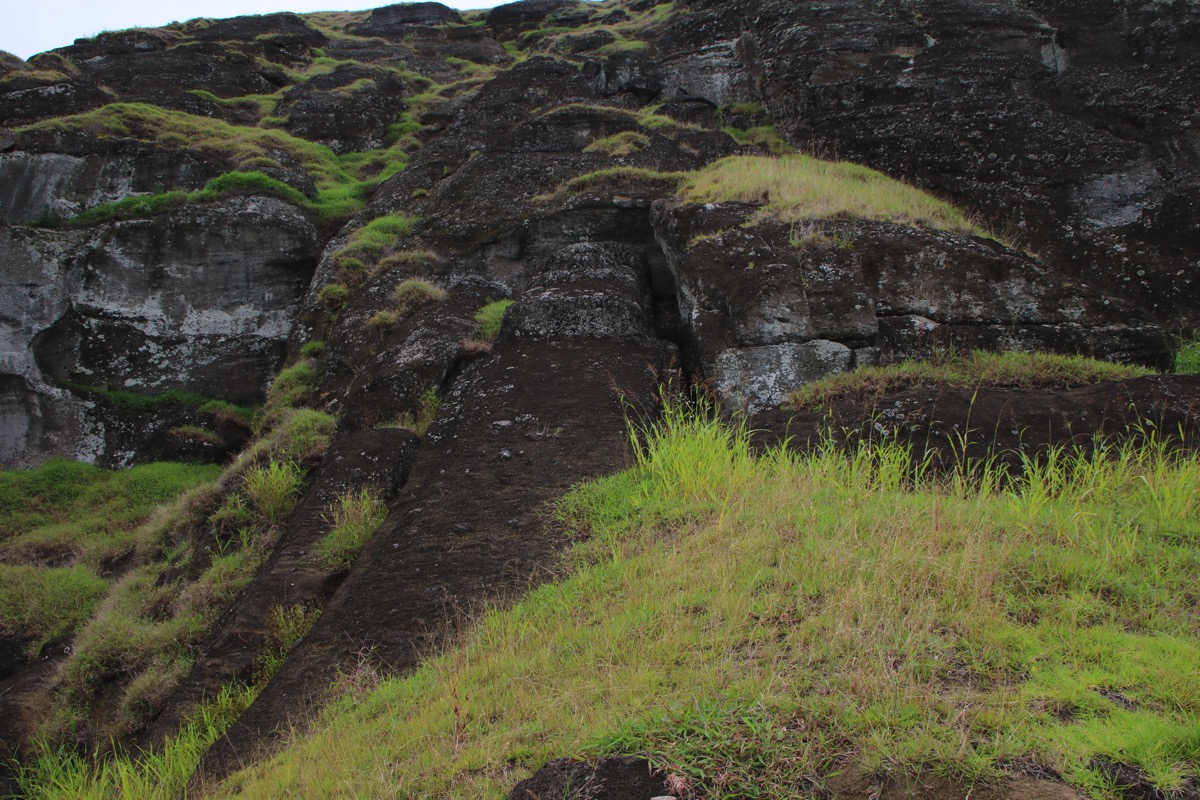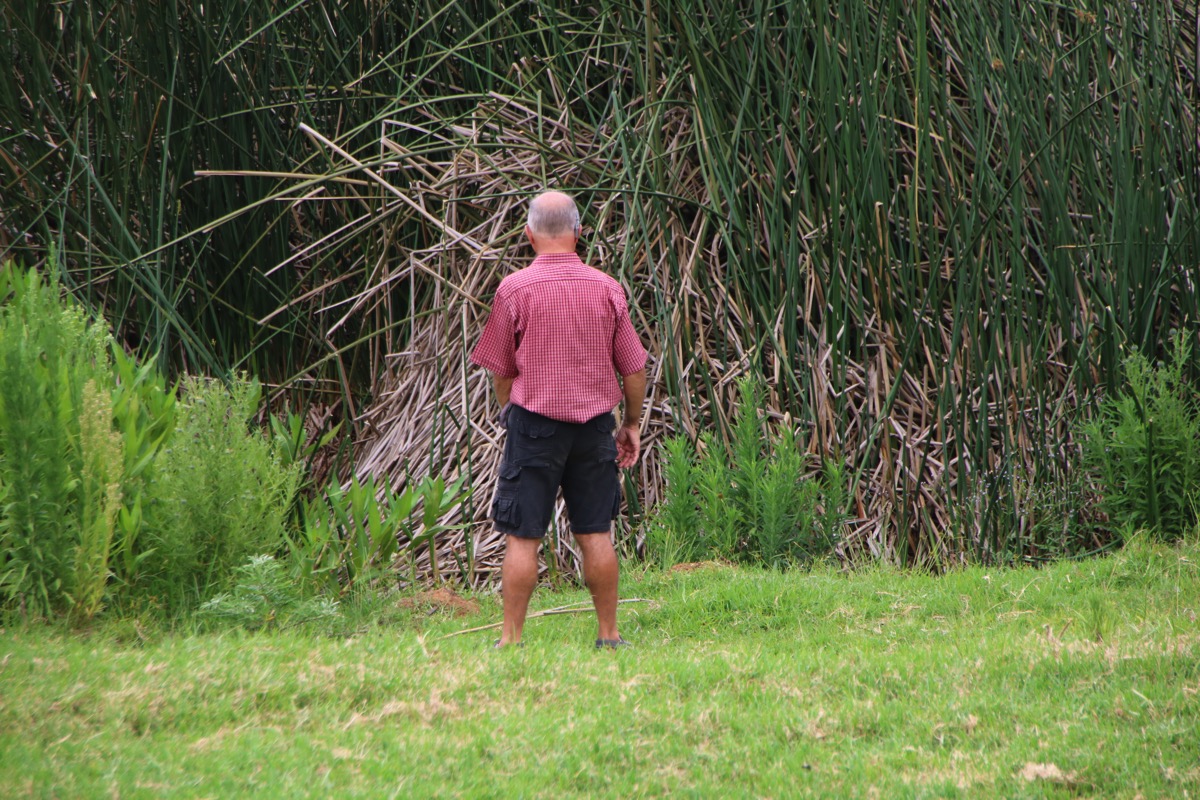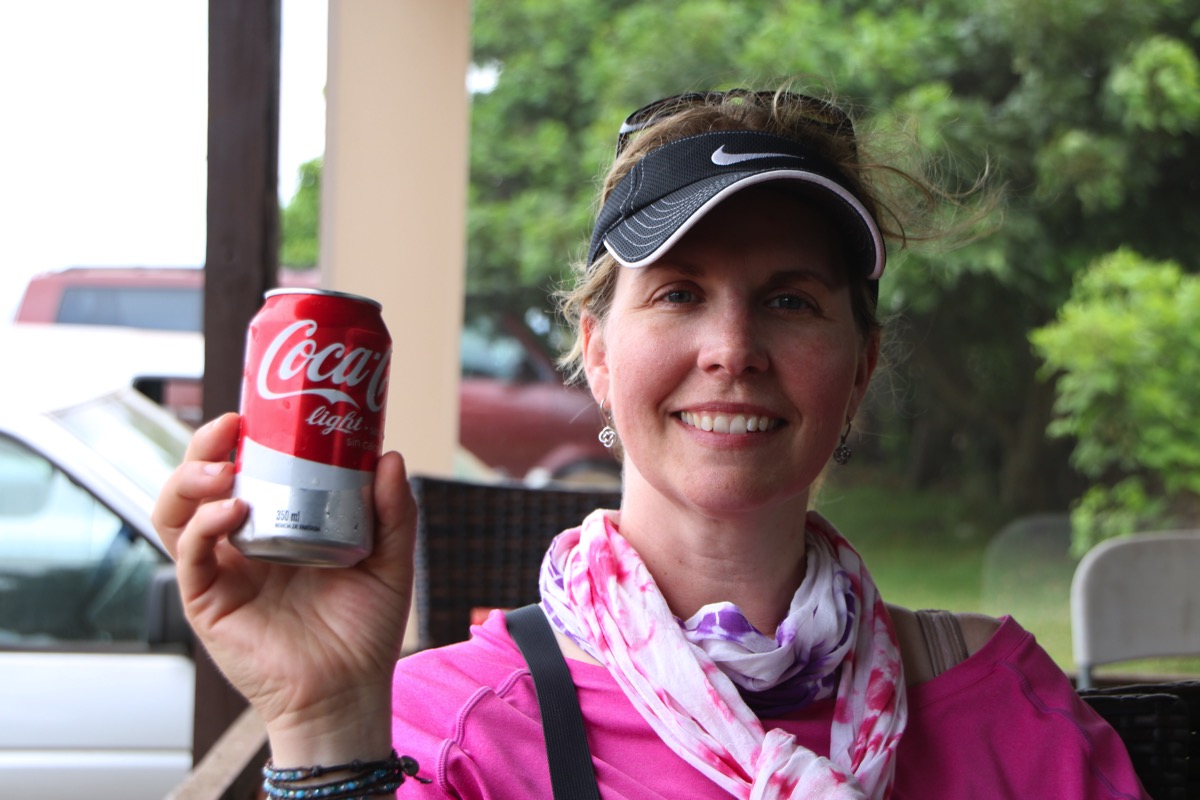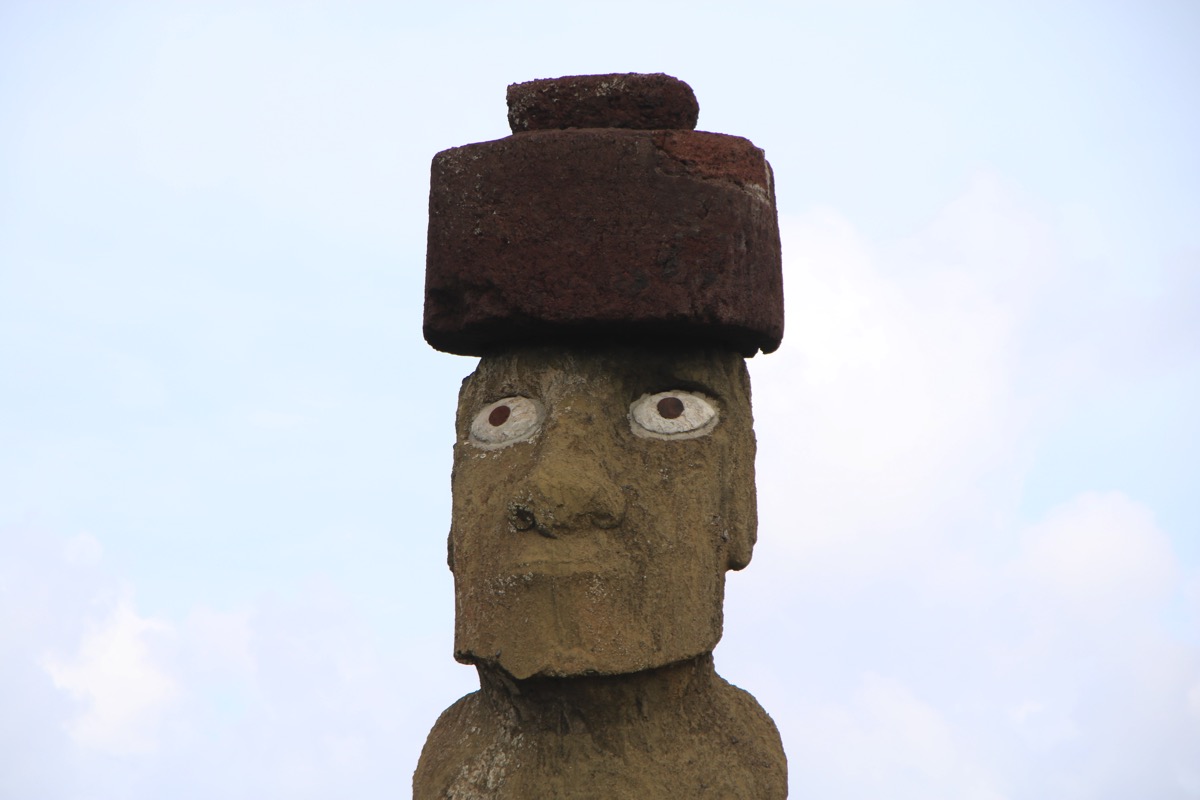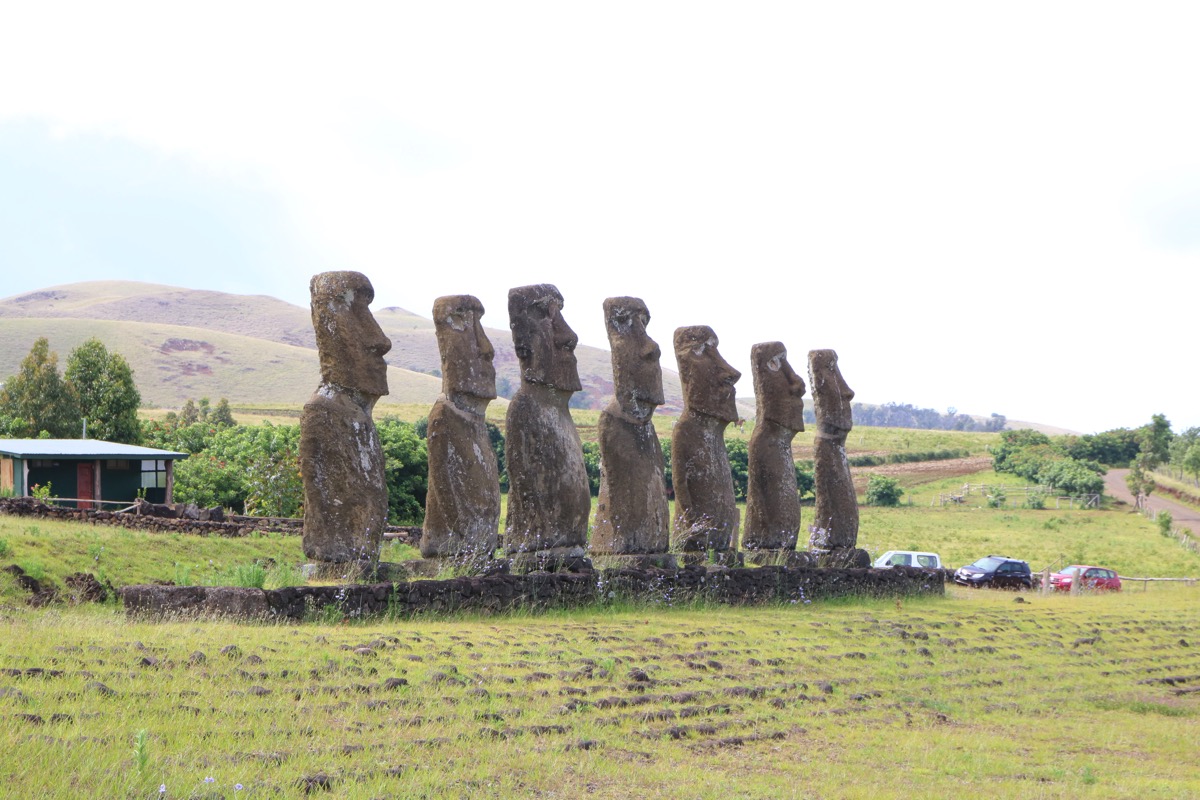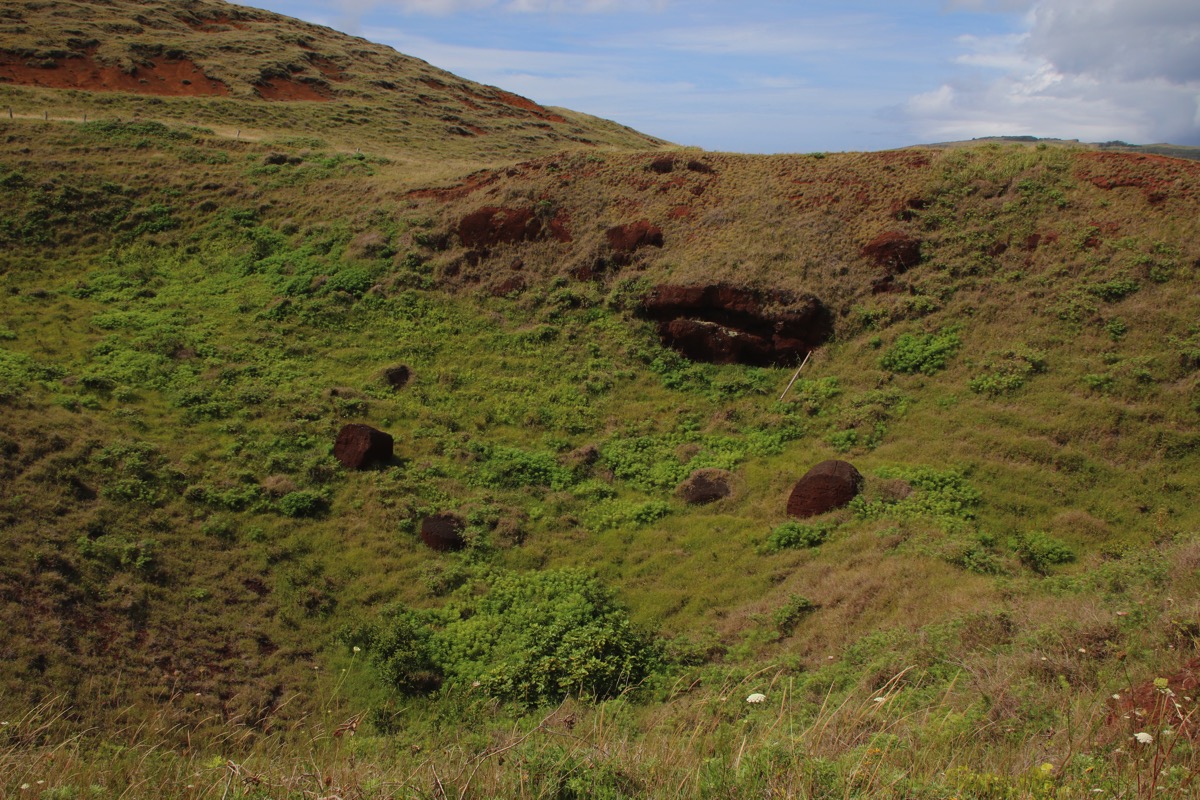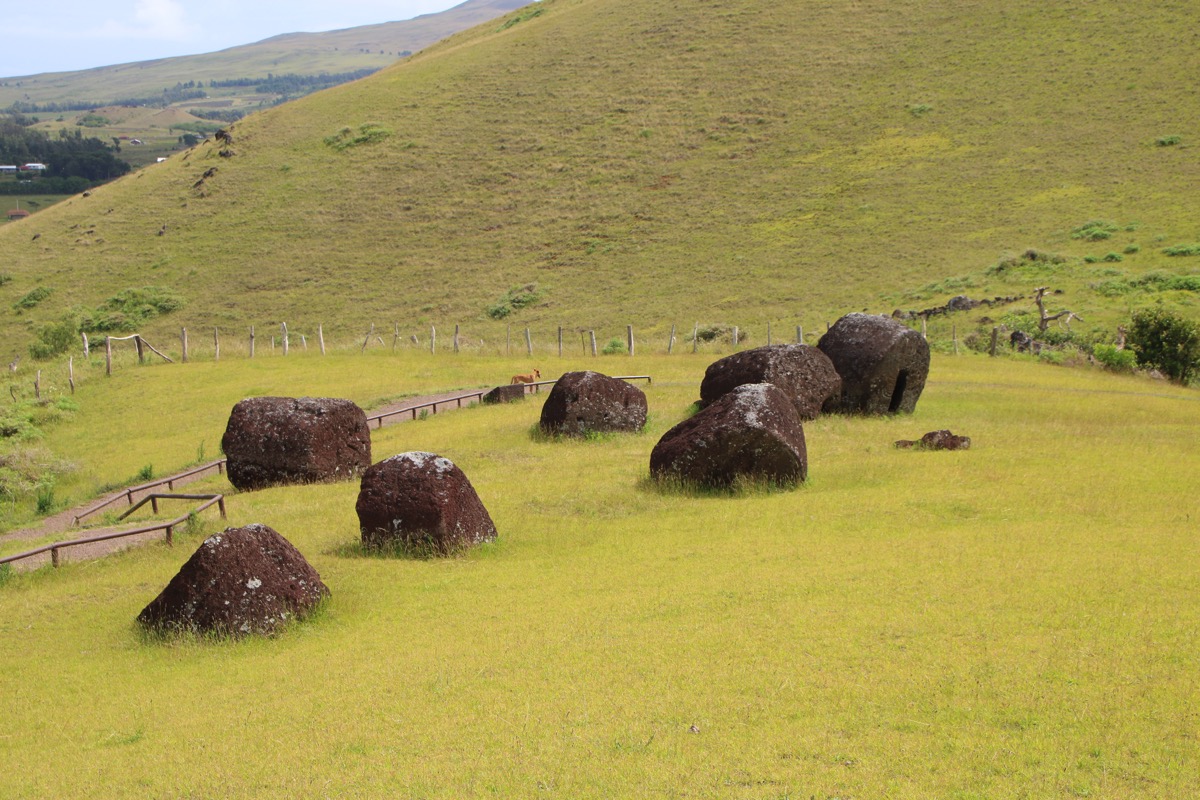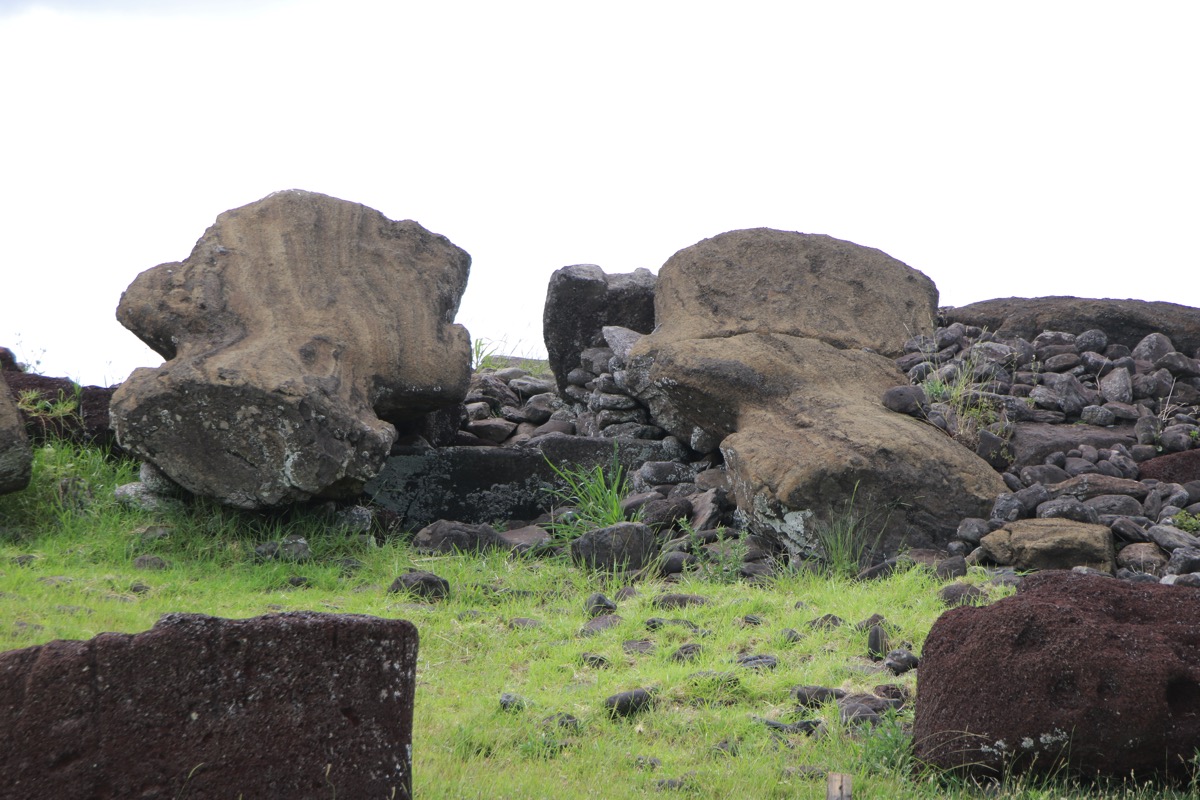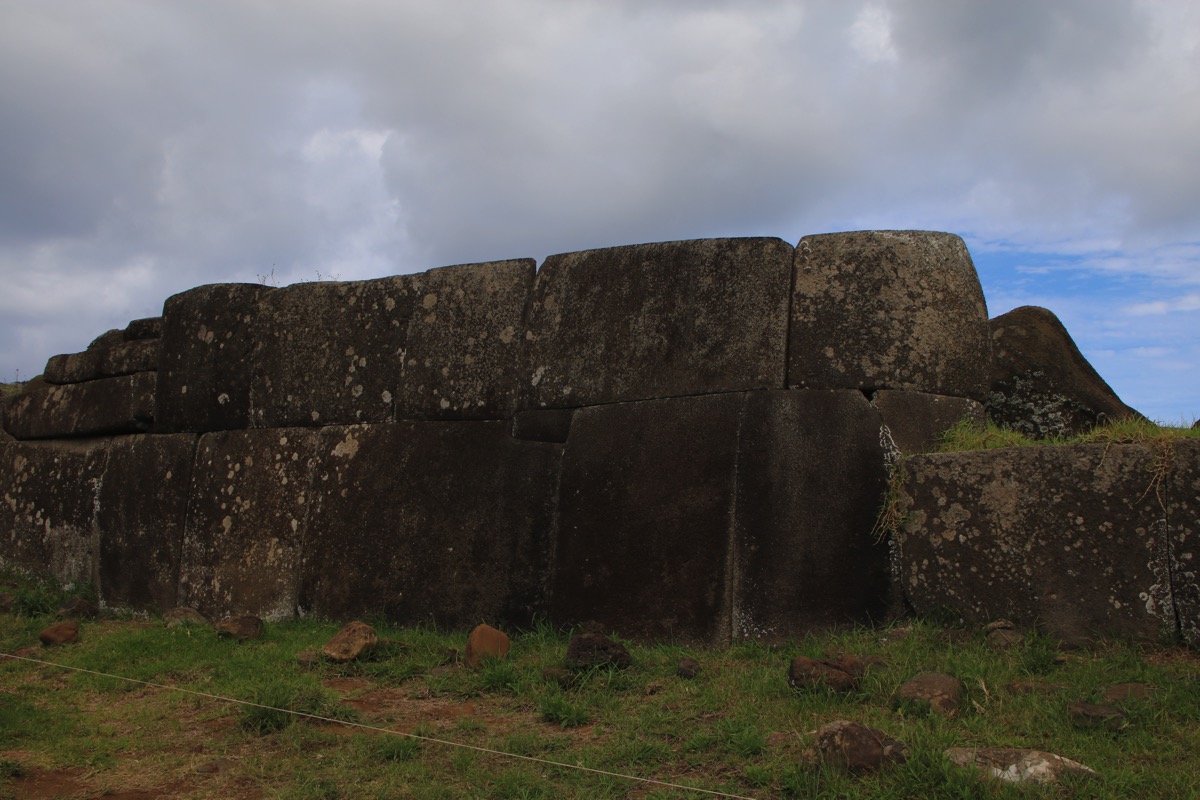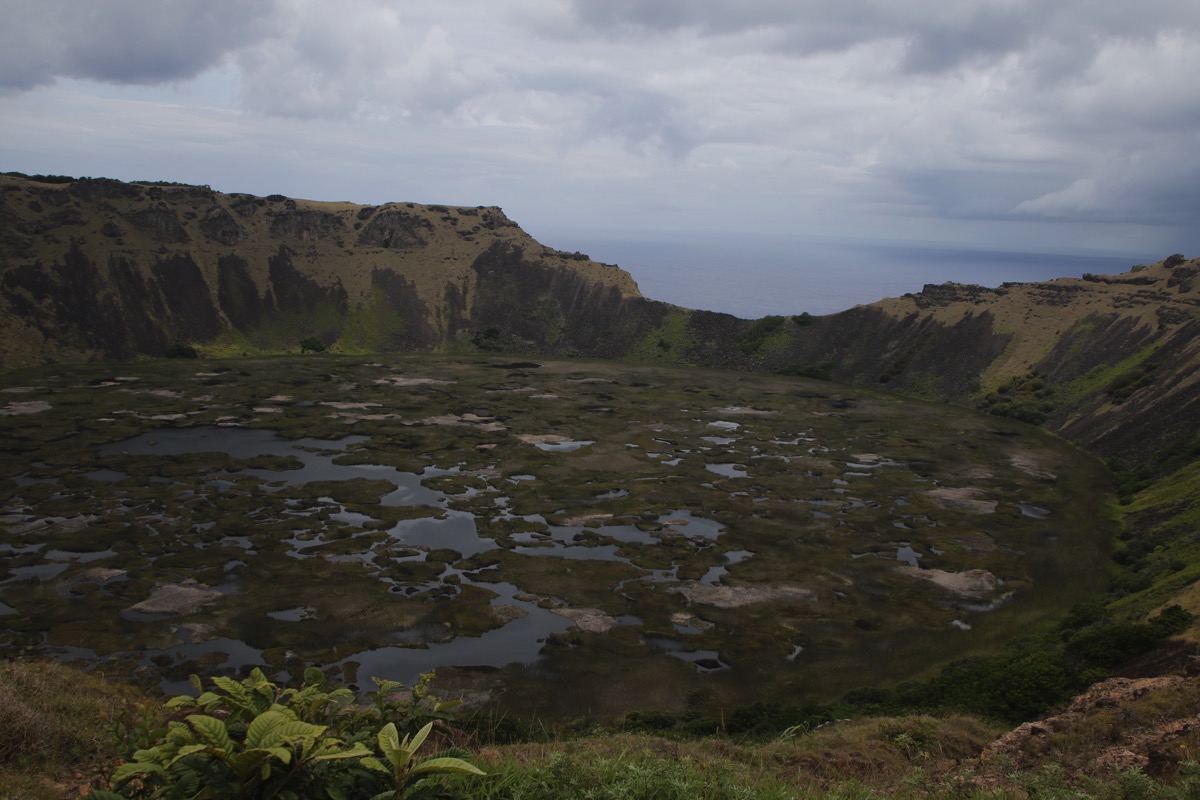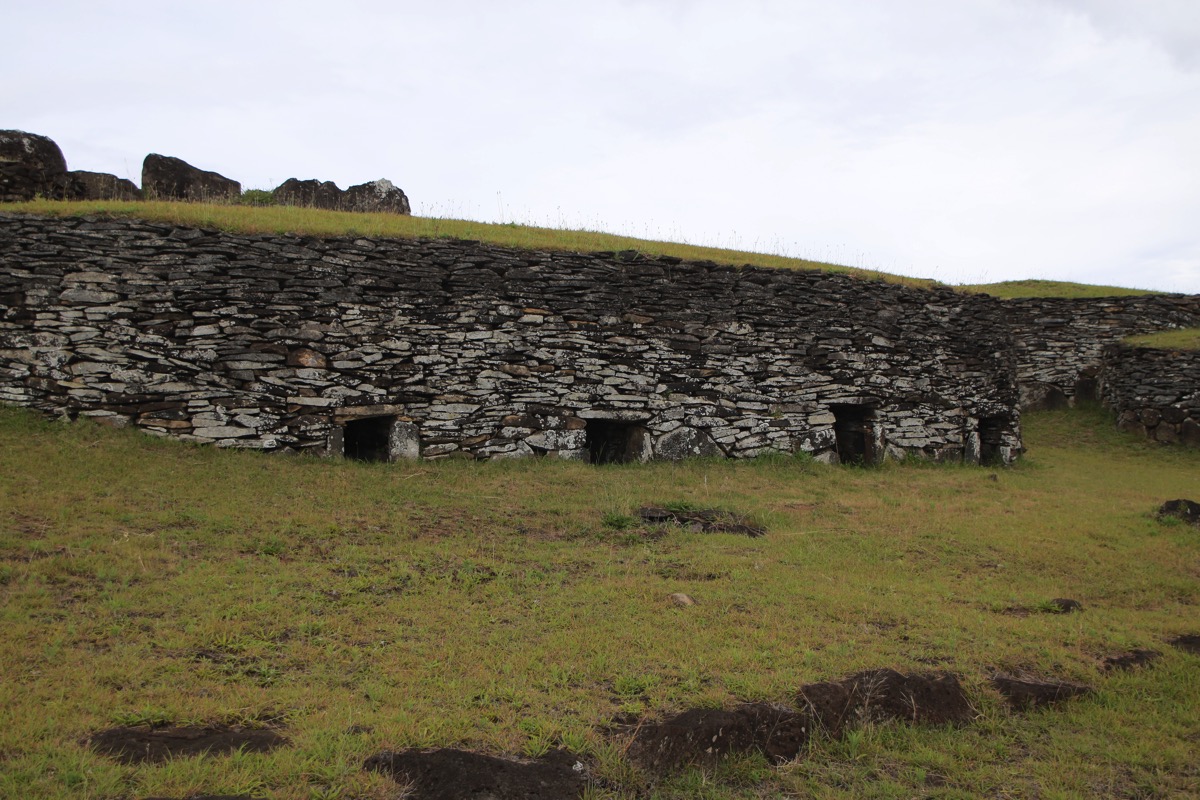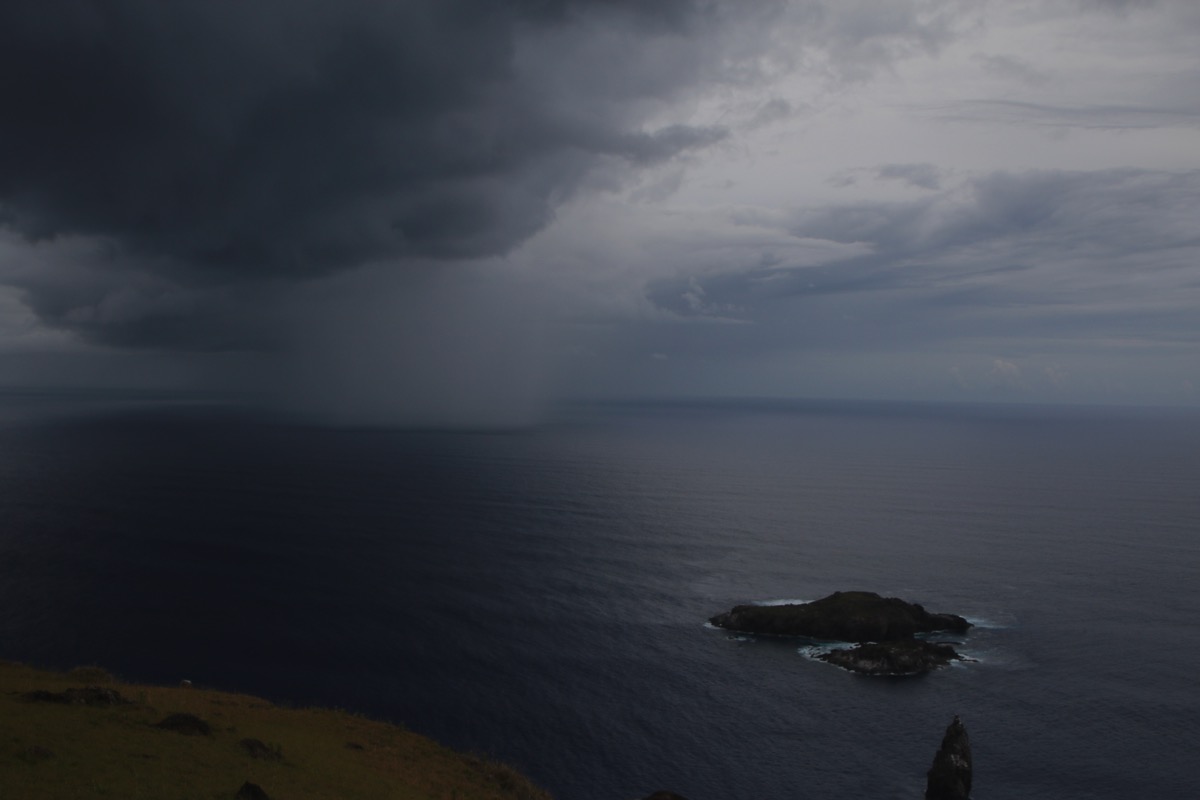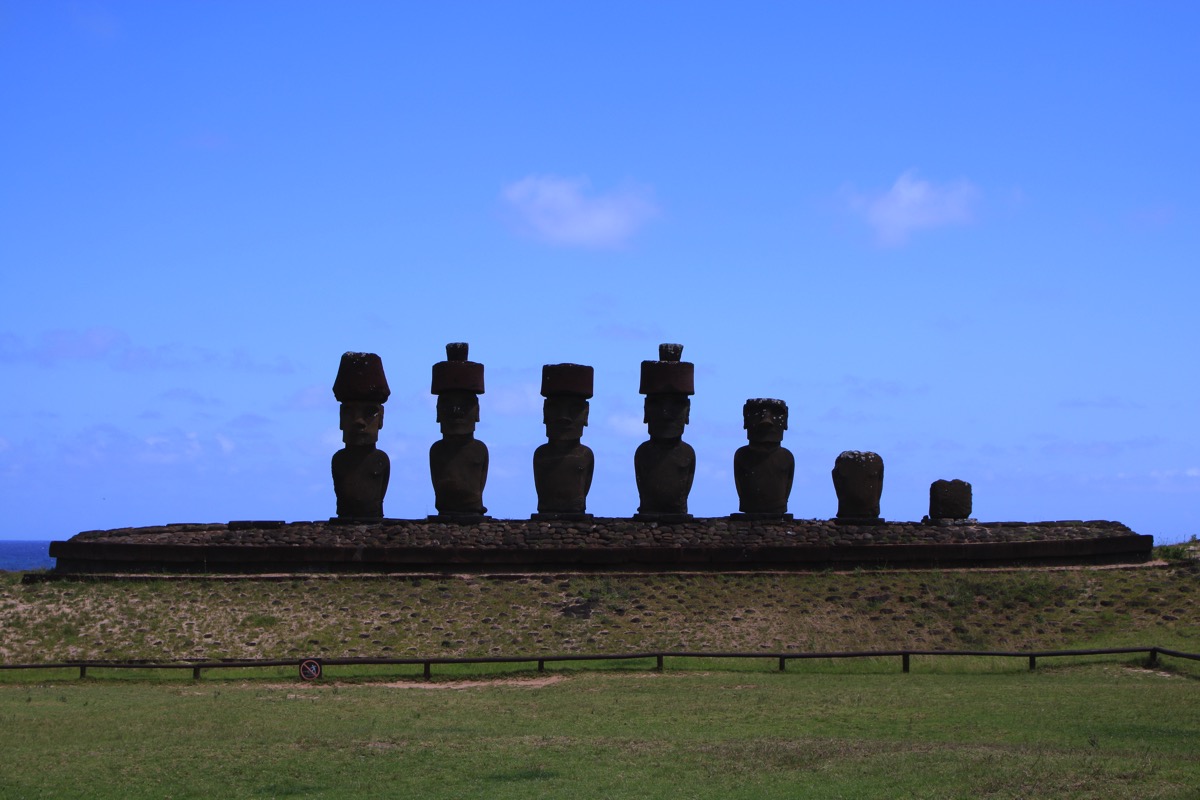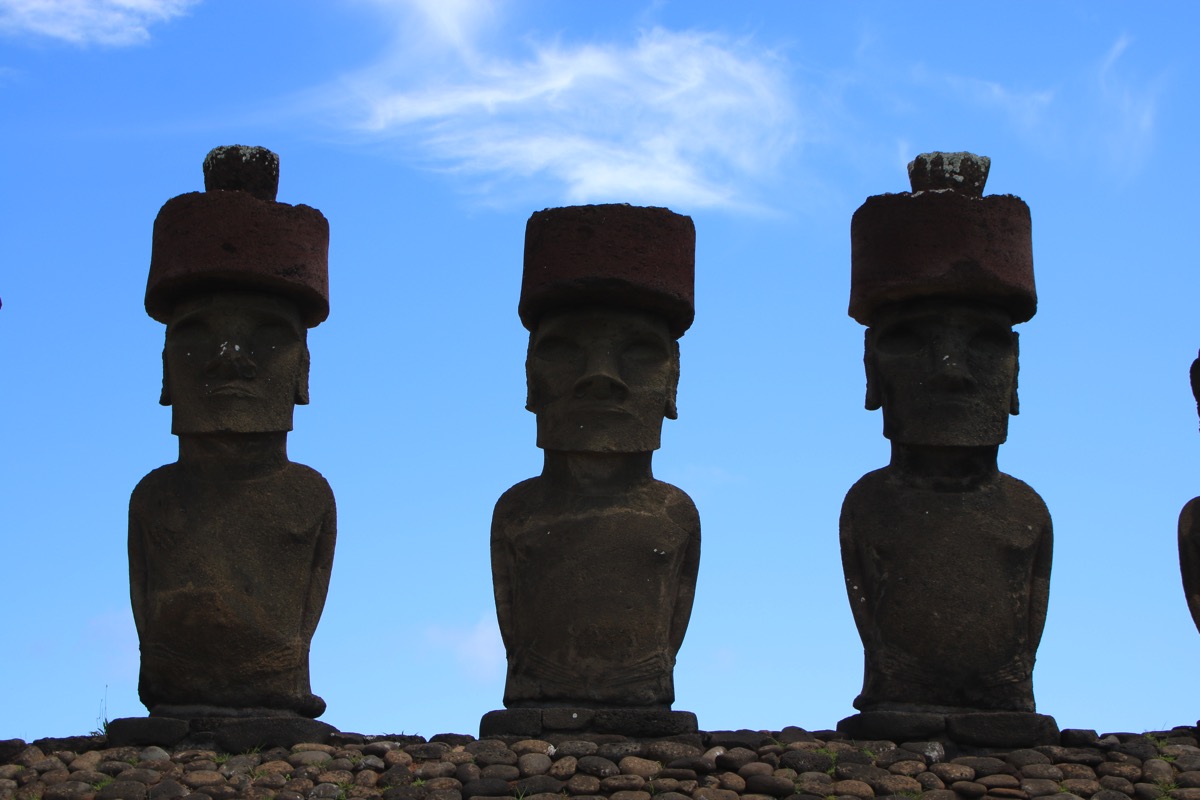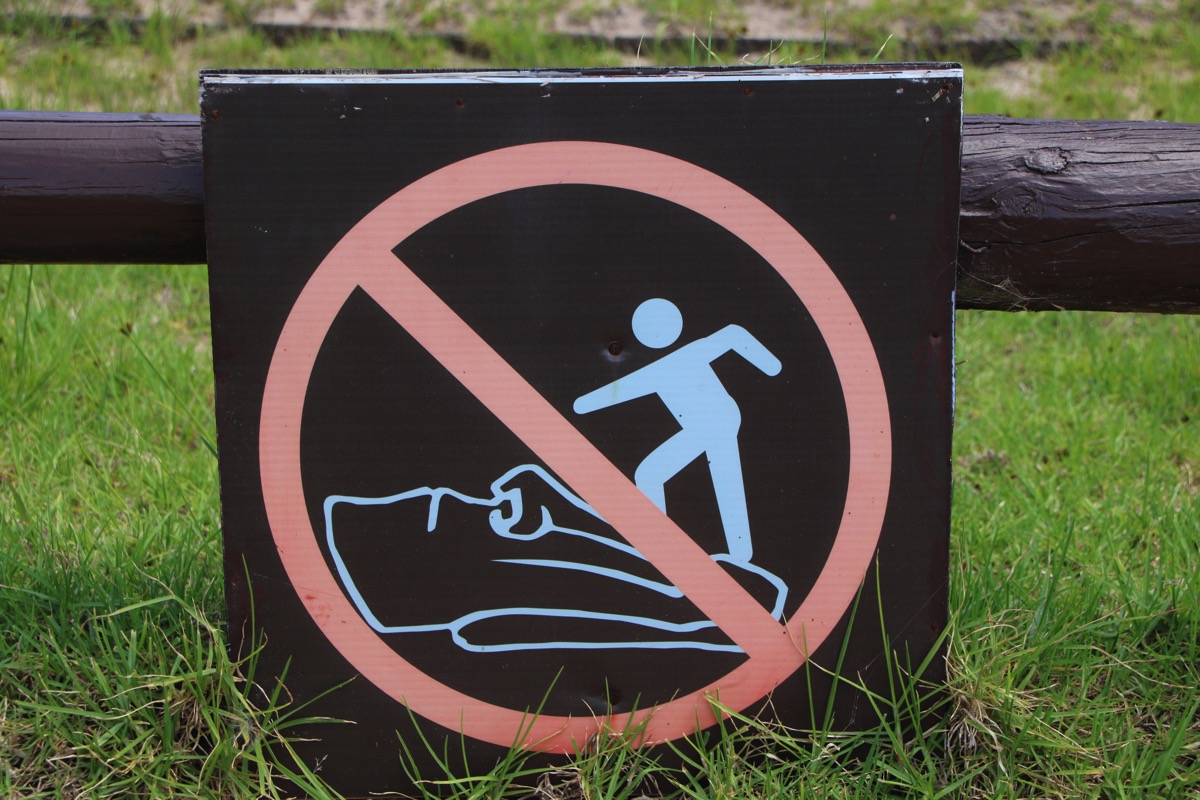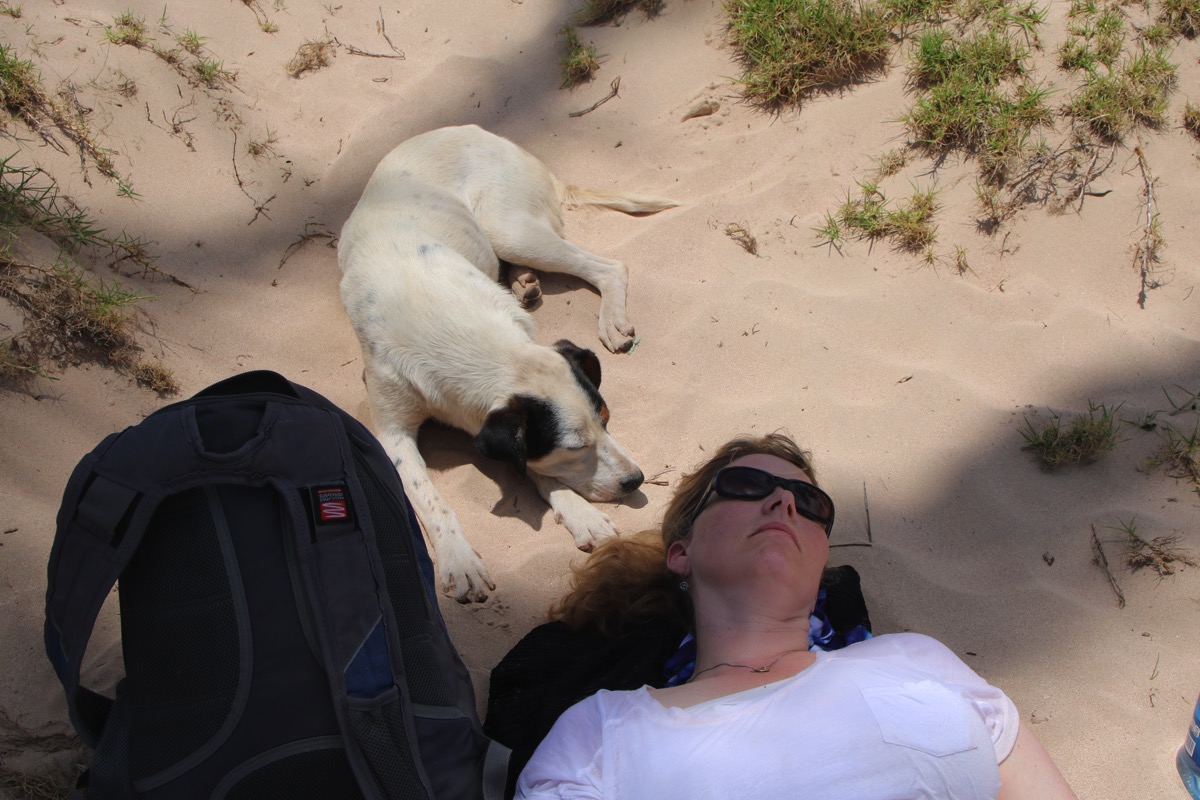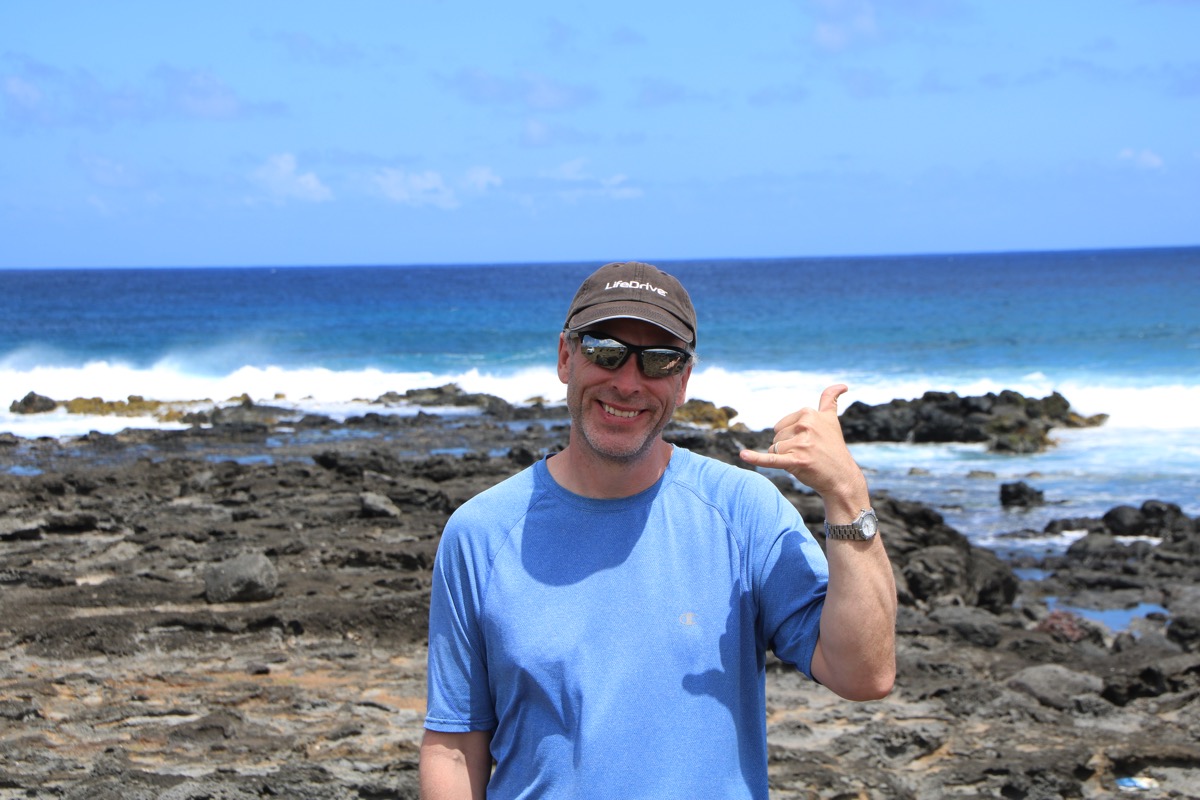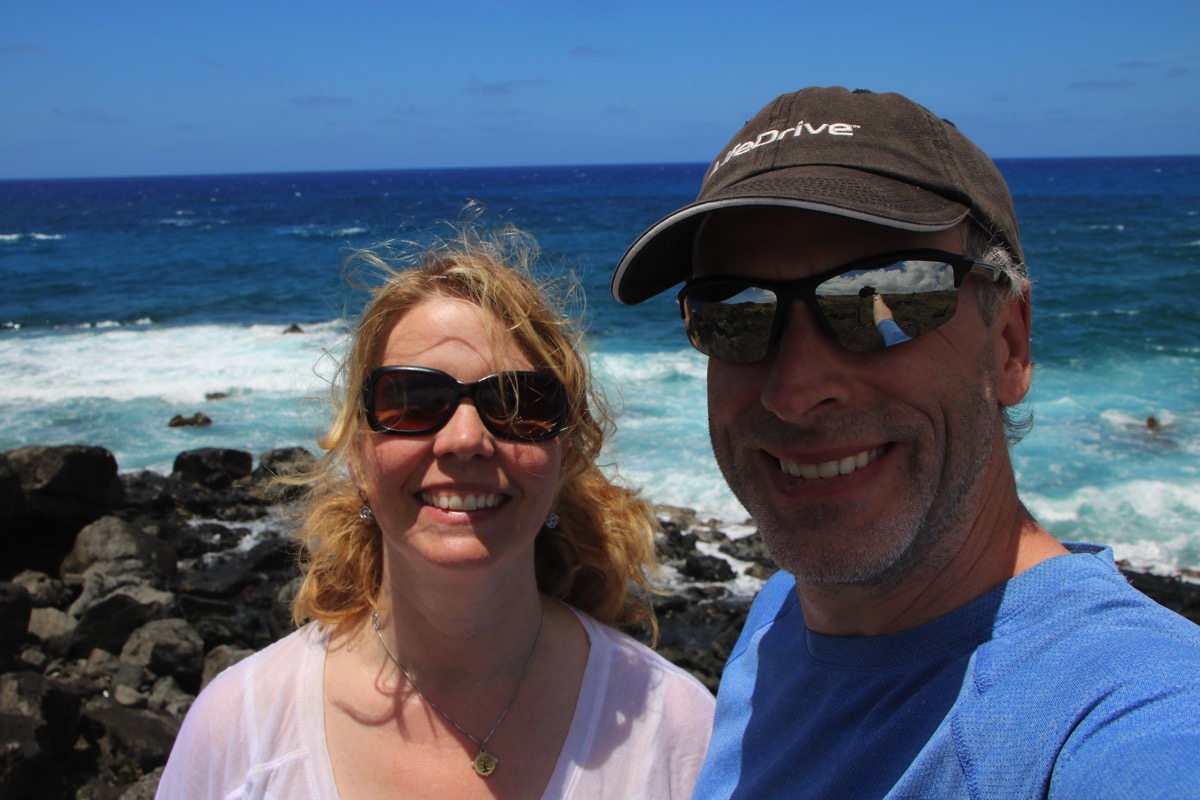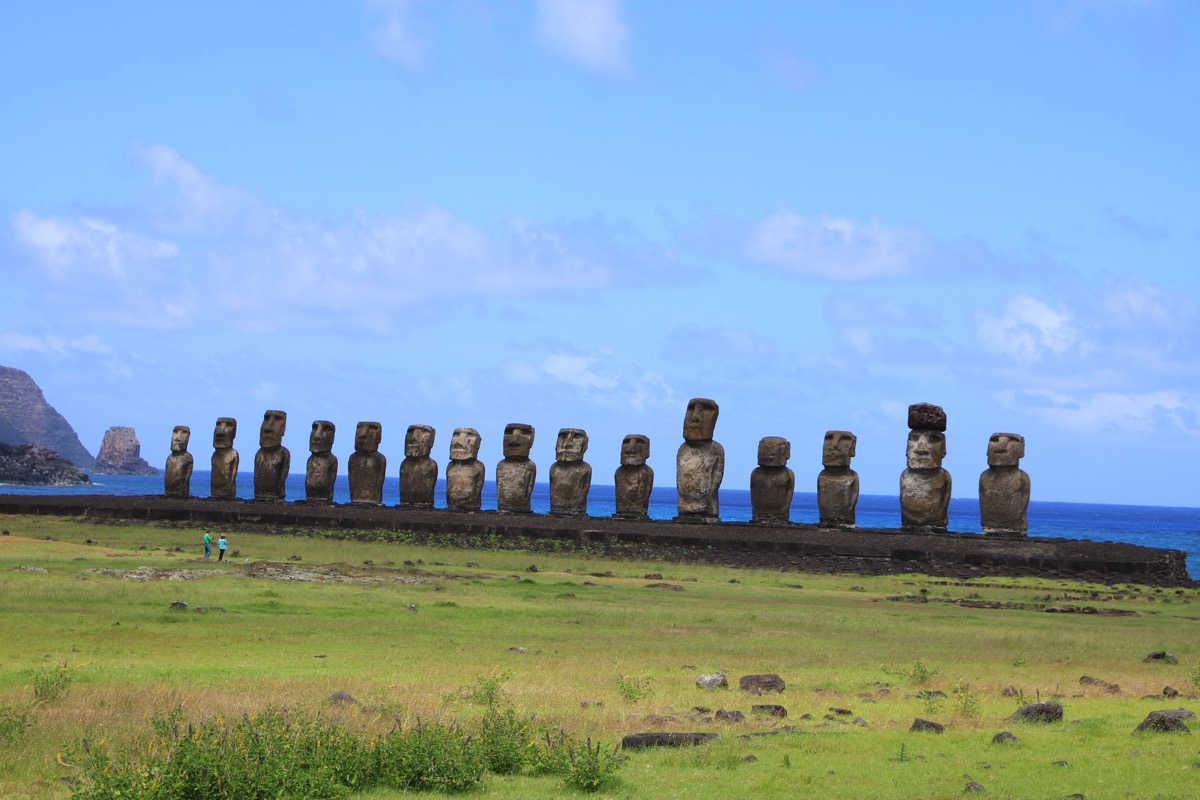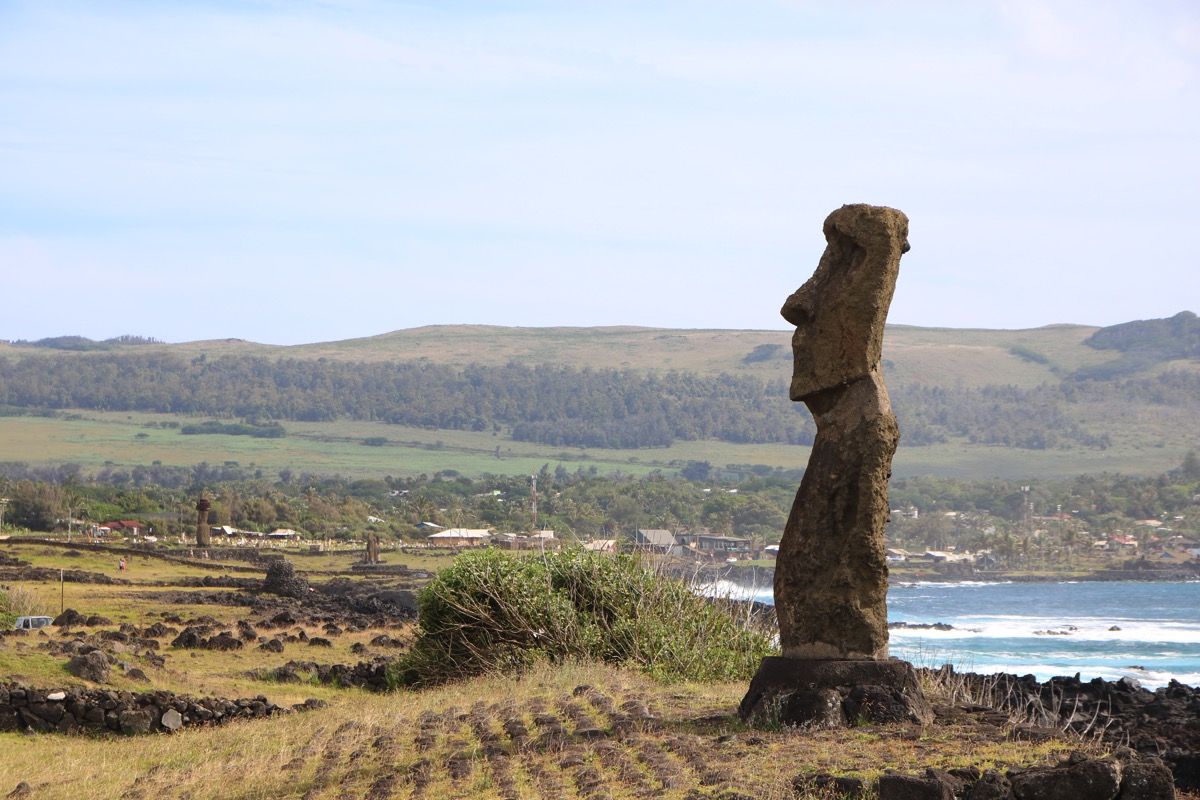Secret Lagoon
We knocked off most of the main stops on the Golden Circle tour yesterday so today feels like a good day to slow things down a bit. There is a hot pool called the Secret Lagoon about 45 minutes away in the town of Flúðir (Fludir). According to our guide book, it is a more natural version of the concrete-encased pools in Reykjavik, so sounds like a good spot to just soak for a few hours and relax.
The real things doesn’t disappoint, and after a pass through the communal showers (which the boys find no more appealing the second time around) we sink into what otherwise would pass for an old fashioned swimming hole, just much, much warmer. All around us are smaller pools, steaming and bubbling with hot water coming from deep in the earth. There is even a small geyser that erupts every 10 minutes or so. We’ve been warned that the tours busses start rolling in around 3pm, and the sudden influx of tourists is our signal to collect our things and make a hasty exit.
We have no particular place to go so figure we’ll just explore a bit. I remembered seeing a side road of some significance on the way in, so that seems like a good place to start. At the intersection, this handy sign possibly provides some useful information about what lies ahead. However, rather than calming the nerves of my trusty navigator, it serves only to convince her that leaving the highway means getting lost and all freezing to death. With that road blocked, we instead decide to head to Hella to re provision for the next few days.
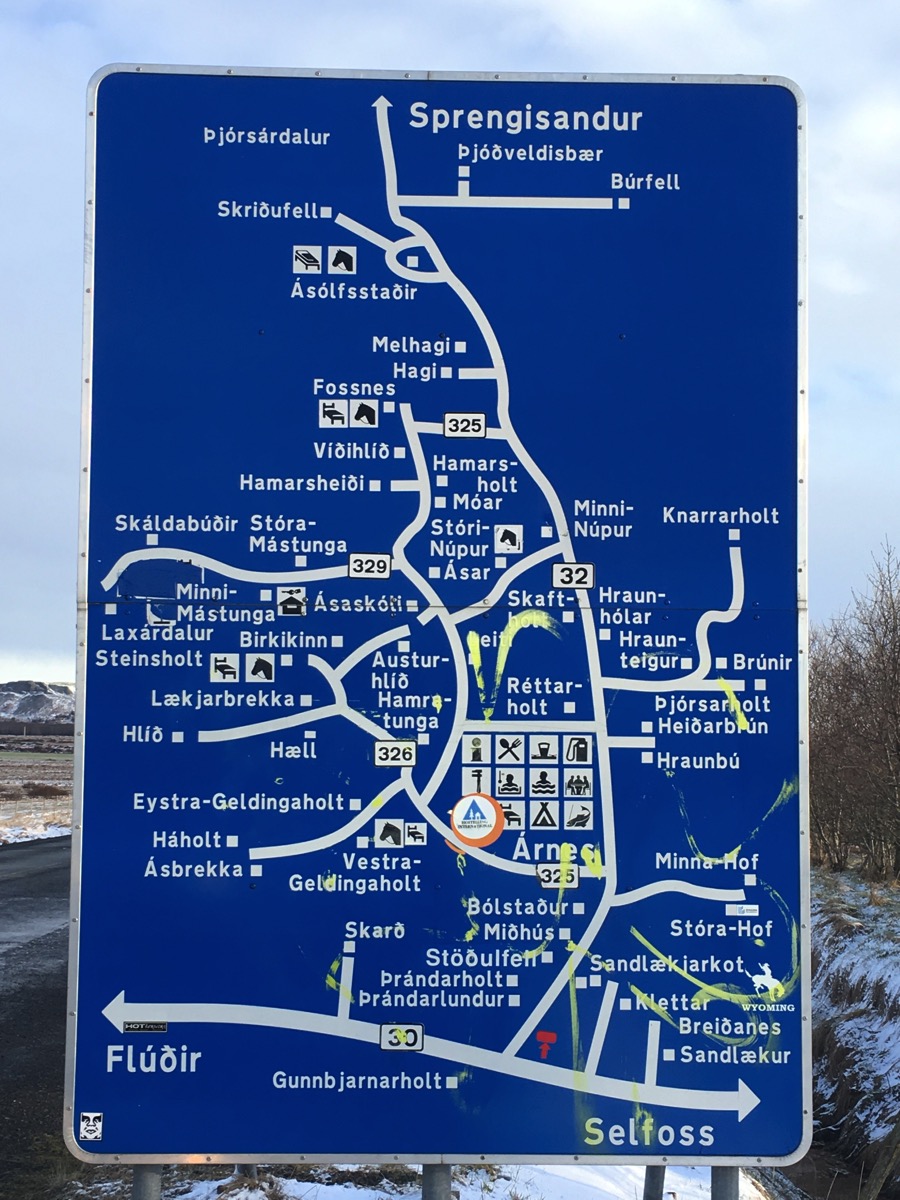
Back at the cabin, tonight looks like our best bet for Northern Lights. According to the forecast, most of the country is going to be overcast, but if our luck holds, the Southwest corner (where we are currently) will have a few hours of clear skies between 11pm and 2am. The boys have figured out the dusty Playstation 2 in the loft, and after a delicious dinner of hot dogs and pasta, have retreated upstairs to wait.
Around 11:30pm, we see the first streaks of green appear in the sky. Throwing on our winter gear, we all rush outside for a better look. Solar activity isn’t particularly high this evening, so compared to some of the brochures it isn’t much, but not knowing if the weather was going to give us the chance to see them at all, they’re perfect. The boys try to take pictures with their phones, but without the right gear, the Northern Lights are something you only really take pictures of in your mind. So there we stand – the Roberts family, bundled up against the cold a few degrees below the Arctic Circle, starting up at the night sky just trying to capture the moment.
By midnight, the lights are starting to fade and the members of our small group are starting to break off and head back indoors. We hope to get a fairly reasonable start in the morning and are just settling into bed when a bright purple streak shoots across the sky. A giddy shriek from Mom sends everyone back outside for the real show. Above us are rivers of lights, flickering and dancing like crazy. It’s unlike anything I ever saw growing up and everything we hoped it would be.
It doesn’t even come close to doing them justice, but the lights are so bright this time around that some even register on our cameras
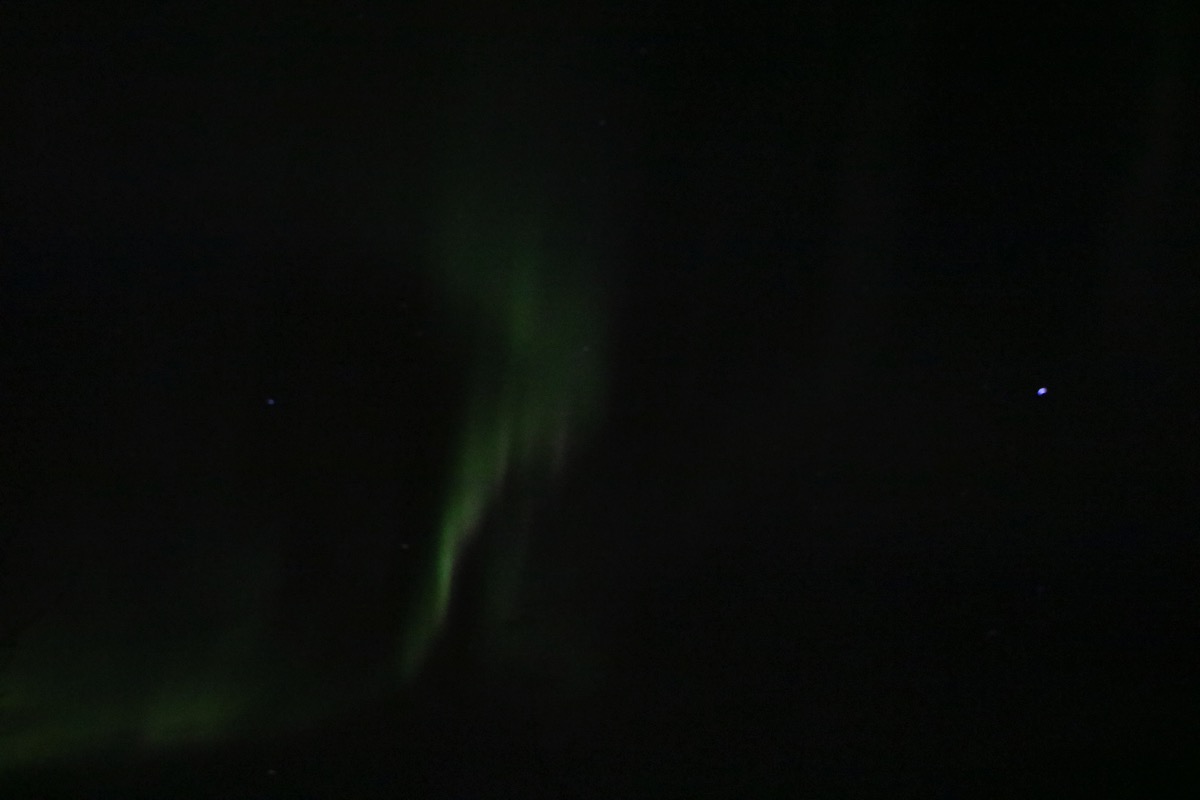
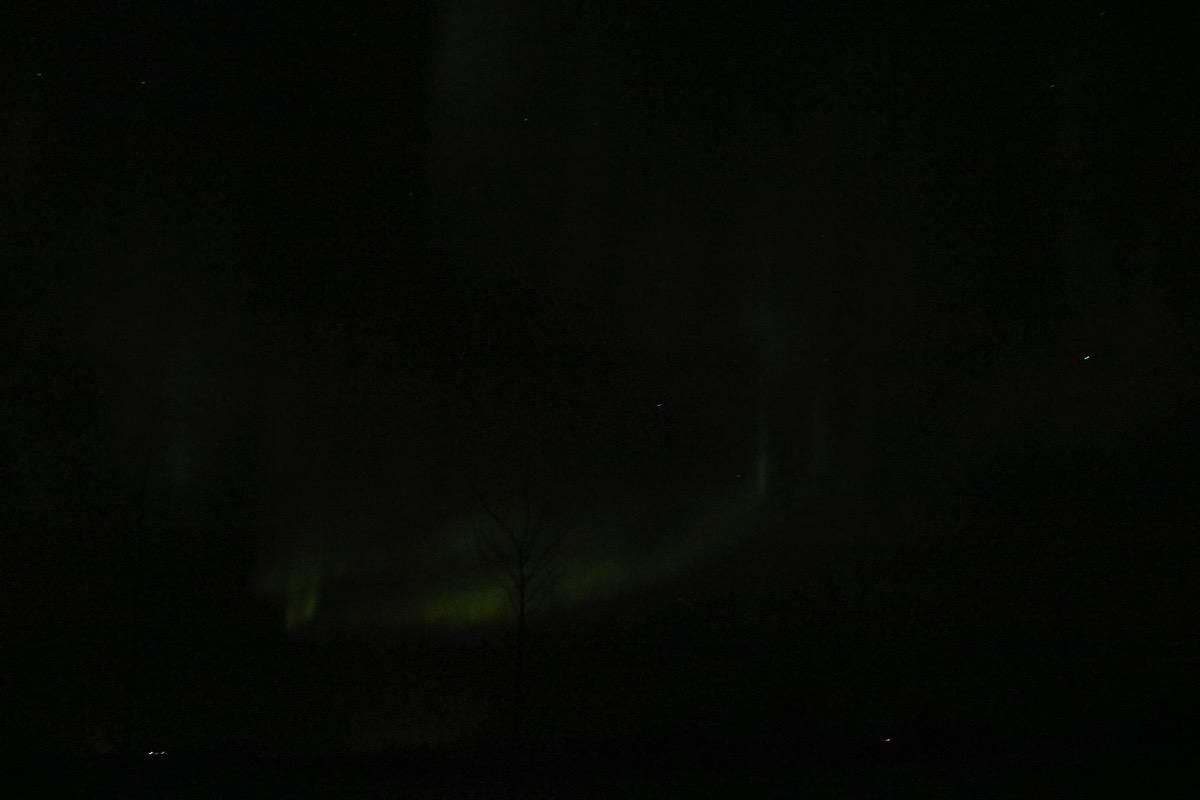
What a spectacular way to finish our day in Iceland.
